Fifty parting thoughts from the 2017 Australian Open

MELBOURNE – Tennis is a job for a lucky few and a passion for many of us. For the past two weeks, the sport took on a new role: antidote. At a time of unprecedented division and destabilization and discourtesy in so many corners, the 2017 Australian Open zigged where the world zagged. Here was an event that put the sport’s virtues—and, without being too overwrought, humanity’s virtues—on vivid display.
In the 28th chapter of what, for our money, remains the greatest story in all of sports, two African-American sisters played each other in the women’s final. One is 36 years old and the other is 35 and if they once triggered ambivalence, those days are long gone. The sport is, rightly, in love with them. And they have hugged back. “I have the greatest job in the world,” says the older one, who wins a match, splashes a smile, and celebrates in this manner.
Five thoughts on Serena Williams's historic win over Venus for 23rd Grand Slam title
The men’s draw served as the 35th career encounter between perhaps the two best male players of all-time. While they are not brothers, of course, they, too, are inextricably linked. Their relationship, unquestionably, comprises a rivalry; yet it comes with this twist: they don't merely hold respect for each other; a genuine affection passes between them. And for the public watching—here’s a concept at odds with the times—it’s entirely reasonable to choose a favorite but to like the other guy as well.
We’ll recall this tournament for the sentimental finals and the historic titles. But we ought to remember the abstract as well. Collegiality, civility, fair play, sustained excellence, perseverance, empathy. unconquerability, truth (the real kind, not the alternative kind), ambition (the healthy, respectful variety.) Here is an international workforce that accommodates a range of ages, personalities and body types. Maligned elsewhere, concepts like globalization and pluralism were thrown into particularly sharp relief—all the more so, given the events playing out the same week on the international stage.
As a friend and colleague put it, “at the risk of overstating things, with the current climate...the 2017 Australian Open is holding my universe together.” A reader, Nani. N., put it similarly, “Tennis wins big time no matter who the winner is in the men's and women's final and we, the people in the U.S., needed this now more than any time.” The 2017 Australian Open represented tennis at its most elevated, a two-week infomercial for everything right about the sport. And, maybe, just maybe, there’s a broader lesson for all of us.
Thunder down under: Federer bests Nadal to win fifth Australian Open, 18th major title
Anyway, cleaning out the notebook from two tremendous weeks, herewith 50 Thoughts….
• Roger Federer has now won 18 Majors for his gilded career. But you could make the case that this one was the most meaningful. At age 35, off tour for six months, against his rival, he fought back in the fifth set and "out-Nadaled" Rafael Nadal. This dream final did not disappoint.
• Serena Williams is your women’s champ, winner of her 23rd career major, spanning six presidential terms and nearly 18 years. At this, the purposed twilight of her career are her last ten major results: W/SF/W/F/F/SF/W/W/W/W.
Tennis world reacts to Serena Williams winning 23rd Grand Slam title
• The good news for Rafael Nadal: he is back. For a guy who hadn't been to a major final in 30 months, he must be encouraged with his performance in Melbourne, especially with the French Open next. But failing to close out that fifth set after the early break—losing the last five games—is a sting like none he has likely ever experienced.
• Venus Williams was not only the runner-up—playing another freighted match against her sister in the final—but was the winner of the popular vote.
• The Mirjana Lucic-Baroni story is—and, from the sounds of it, will be—a book. This is perseverance personified and that’s not just a cliché. Read this piece from a decade ago and note this money quote: “My time on the court will come again, I promise you that... Nobody can put limitations on you but yourself.” A decade later, deep into her 30s, after years of lacking to funds to pay professionally, she’s a Grand Slam semifinalist.
• The hope is that Coco Vandeweghe leaves Melbourne pleased with her tournament, pleased to have beaten two top players (Angie Kerber and Garbine Muguruza) and optimistic about her prospects, not least at Wimbledon. Her athleticism and power and confidence….her entire game is clearly crystallizing. Still, that three-set loss to Venus in the semifinals likely carries some offsetting sting.
• Not unlike Vandeweghe, Grigor Dimitrov ought to leave with his chest puffed out and his head high; and not dejected by losing a close semifinal. Most of the recent men’s champions have lost semifinal matches—Murray at 2012 Wimbledon; Wawrinka at the 2013 U.S. Open; Djokovic at the 2010 U.S. Open—before truly breaking through. It’s a real possibility that a five-set semifinal defeat to Nadal serves as Dimitrov’s baptism.
Both Serena, Lucic-Baroni exemplify strength and staying power in different ways
• The hottest doubles team going, Henri Kontinen and John Peers, won the men’s title, beating the Bryan Brothers in the final. The Bryans, now 38, have now reached a major final every year since 2002. They have also now gone more than two years without a major.
• Healthy, willing and able, Lucie Safarova and Bethanie Mattek-Sands regained the title they won in 2015, beating Andrea Hlavacova and steady-hands, Peng Shuai, in the women’s doubles final.
• Abigail Spears, 35, and Juan Sebastian Cabal, 30, beat Ivan Dodig and Sania Mirza in the mixed event, keeping the longevity theme alive.
• Marta Kostyuk of the Ukraine beat Rebeka Masarova of Switzerland for the girls’ title. The spectacularly named Zsombor Piros of Hungary beat Yishai Oliel of Israel to win the boys’ title
• Want to know how to lose with grace? Here’s a primer, courtesy of Novak Djokovic. Praise the opponent. Offer no alibis. You’re not incapacitated with grief; but neither are you breezily indifferent. Take ownership. Don’t misplace your anger by snapping at the reporters just doing their jobs. Express a commitment to improvement. When we say “Pick your Big Four players to back, but do so knowing that you can’t go wrong—all four are thoroughly worthy of support,” this is an example.
Not to be outdone, here's how Angie Kerber reacted to Serena's title, i.e. being overtaken atop the rankings:
Congrats to @serenawilliams for this amazing achievement!!! What a historic final- both are true champions 👍 @Venuseswilliams #AusOpen
— Angelique Kerber (@AngeliqueKerber) January 28, 2017
• And having said that, I do think Djokovic is now in something approaching crisis mode. How did the player who, a year ago, was in the throes of winning four straight majors, become so brutally mortal? Lose at Wimbledon you can rationalize it. I just won the French Open—reeled in my career white whale—and I’m mentally fried. Lose in the U.S. final and you can rationalize it. I had all these withdrawals and never got rhythm and still got to the finals before losing to a Hall of Famer. Lose in the second round of the event you’ve won six times—to a guy ranked outside the top 100; in five sets; when you had a 2-1 sets lead—and rationalization is more difficult.
• While the world was focused on the Becker-Djokovic break-up and even on some of the other off-season coaching moves (Richard Krajicek to the Raonic camp; Wim Fissette to Jo Konta) perhaps the biggest move went unremarked upon: Carlos Moya’s formal role with Rafael Nadal. His impact was immediate and obvious, starting with Nadal’s serving here.
How both Australian Open No. 1 seeds lost on same day, what it means going forward
• Last Djokovic point: as we wrote last year, a film crew from Amazon has been trailing Djokovic for months, filming what we were told was originally conceived as a 12-part documentary. In many respects it could end up being a better movie, what with all the recent instability. But walk back the timing and you suspect the filmmakers did not anticipate a three-Slam losing streak.
• Watch Serena Williams and you realize that it’s not simply that she’s the favorite every time she plays; it’s that every match is almost totally up to her. Before the tournament one of you asked how she could have lost to Madison Brengle in New Zealand. How? Because every match comes down to whether she’s hitting her spots or not. If she plays average or above, she wins. If not, the opponent has a chance. Still, what a burden.
• Two quick notes about the men who took the fire out of the dragon. Denis Istomin not only beat Novak Djokovic but then returned to win another five-setter. Mischa Zverev, at age 29, beat Andy Murray and is playing the best tennis of his career at the time his younger brother (by a decade) in ascending. Coincidence?
• You are pained watching Kei Nishikori play—which gives you and the player something in common. As Jim Courier put it, “Some players are durable. Kei is not one of them.” This isn’t because of sloppy preparation or lacking fitness. This might not even be because of his absence of weapons and labor-based game. For whatever reason, his body goes into revolt, especially in a best-of-five format. And long as we’re here, another physical breakdown for Milos Raonic whose right adductor bothered him against Rafa Nadal. Also worrisome: Raonic is turning into one of those guys who yells at his bench during matches.
Rafael Nadal outlasts Grigor Dimitrov in five sets to reach Australian Open final
• For ten days, this was an exquisite tournament for Karolina Pliskova and Jo Konta. Then it turned. Pliskova lost 12 of the 13 points against Mirjana Lucic-Baroni and lost a huge match to a player ranked 75 points lower. That’s a dismal departing note. Konta played through a rough draw without dropping a set and showed why her top 10 ranking is so well-deserved. Against Serena Williams she won only five games.
• The casual fan sees Andy Murray screaming at his box and wonders what the hell is wrong with him. The more discerning fan recognizes that Murray is a good guy and this is just a weird (if antisocial) quirk. As Paul Annacone puts it, “It’s his way of processing pressure.” Still, you wonder about the cumulative effect of this. Spend so much time screaming at your alleged support group and you are expending energy. As a tournament progresses, what is the cost of this depletion?
Australian Open final: Roger Federer vs. Rafael Nadal
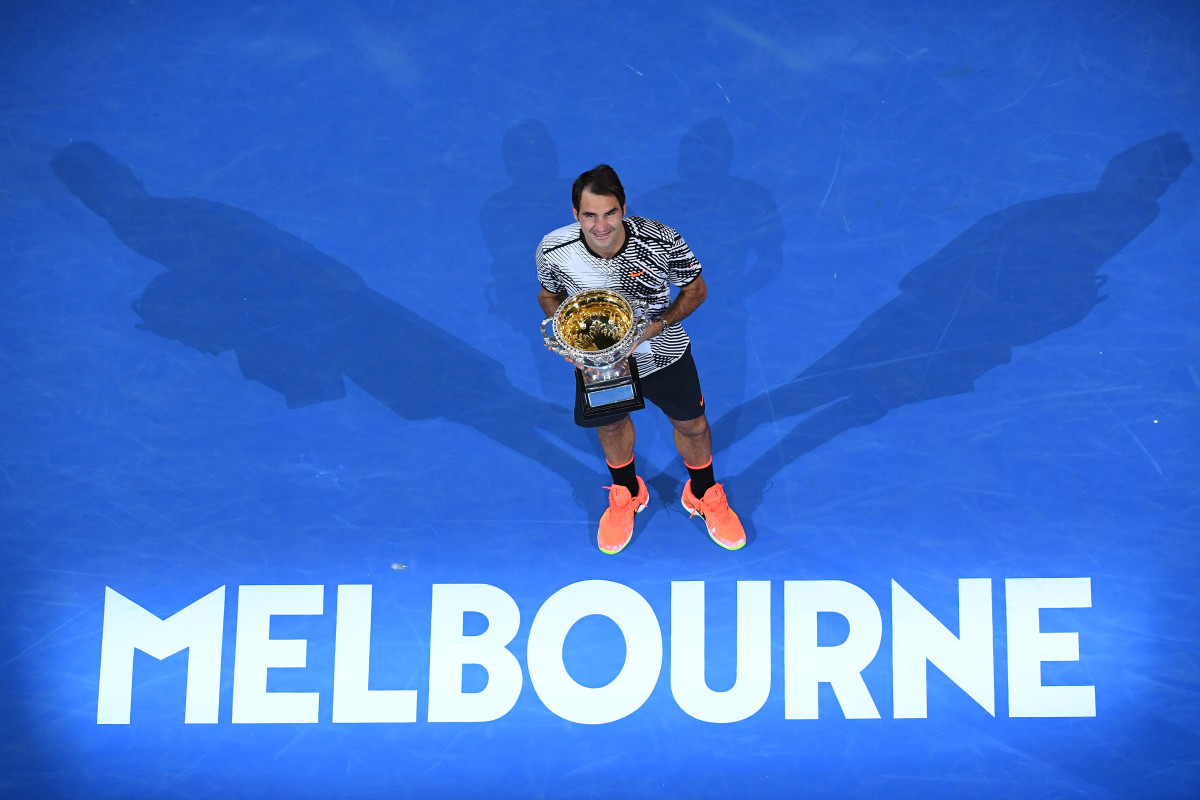
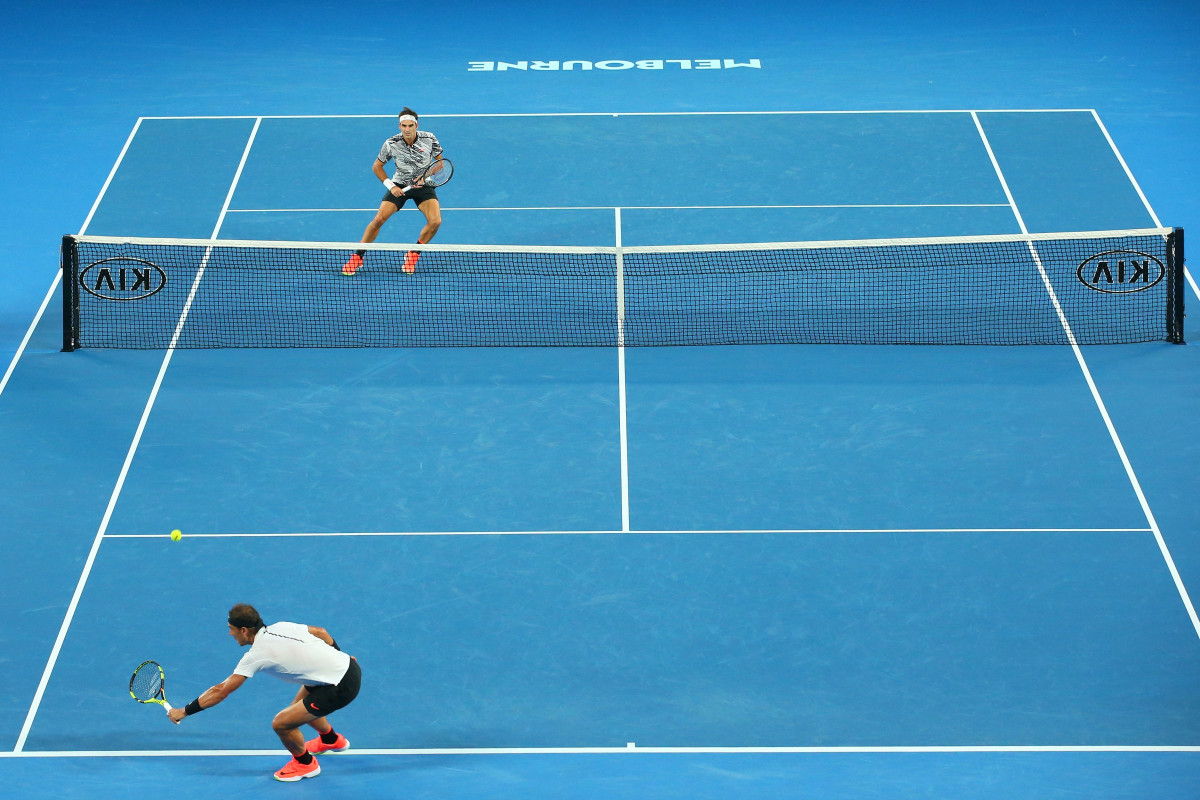
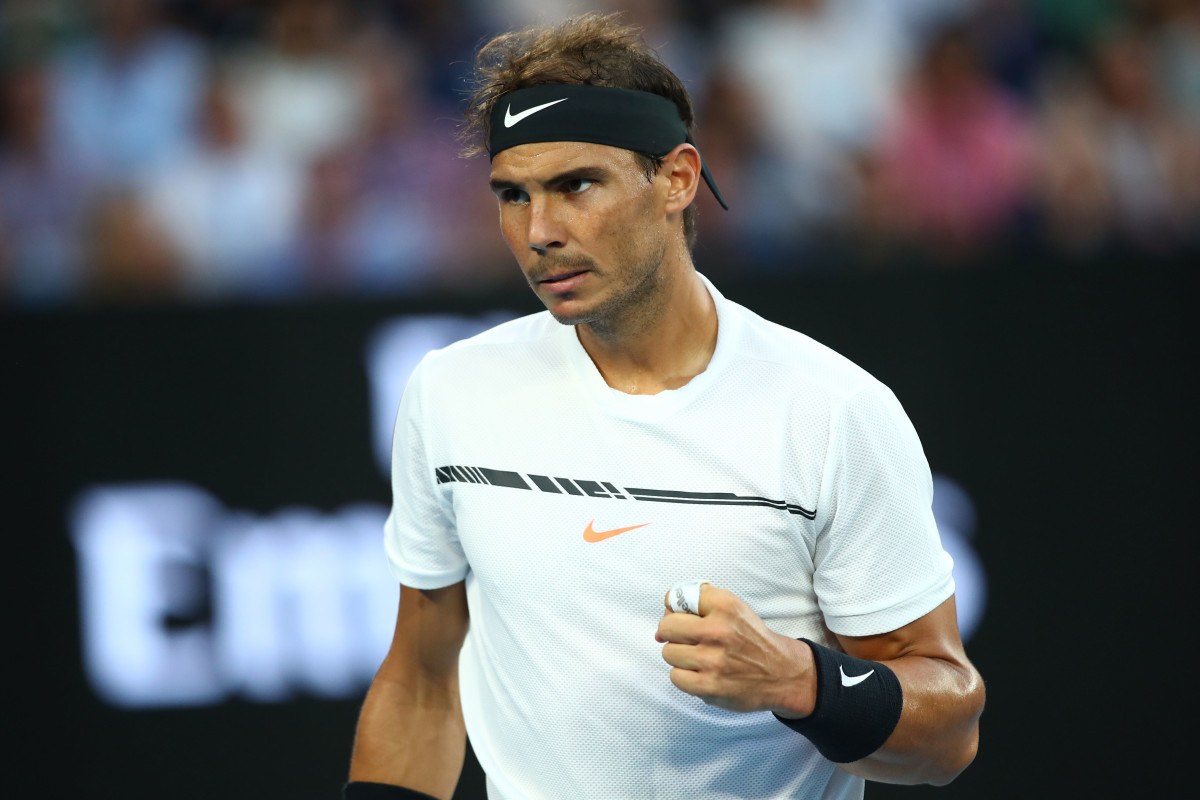
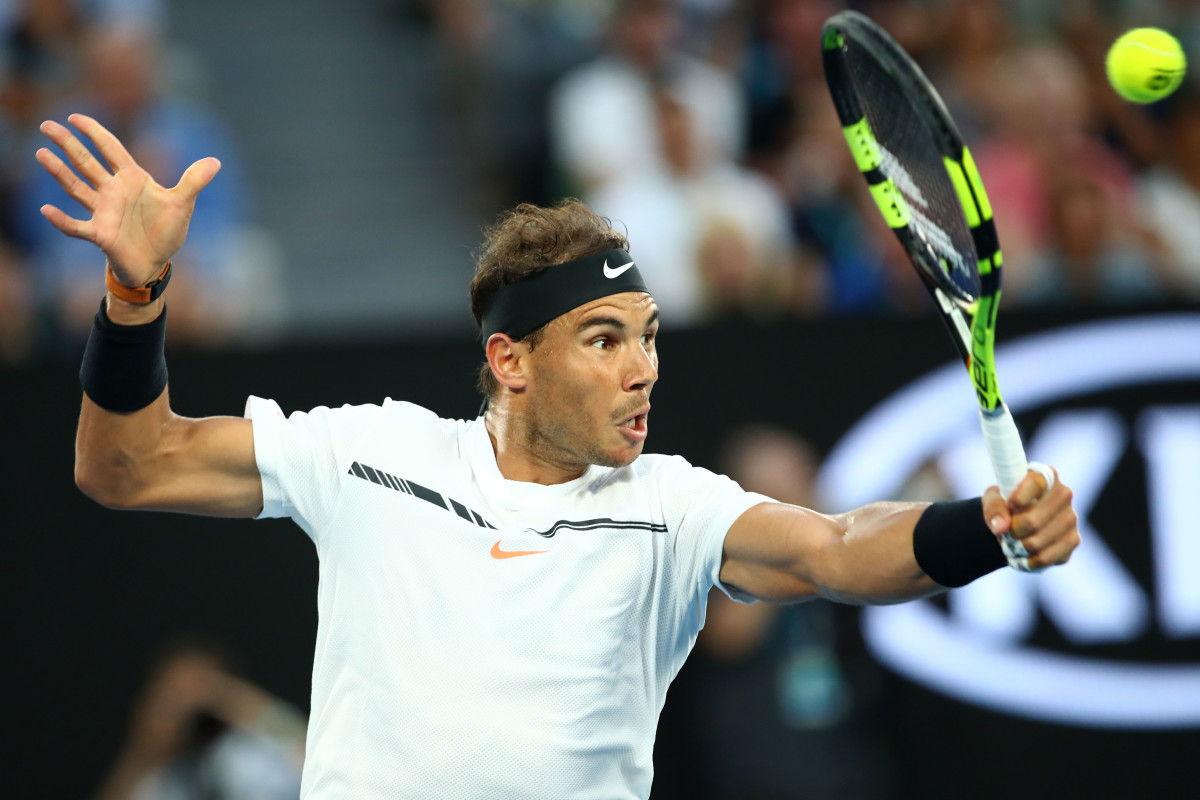
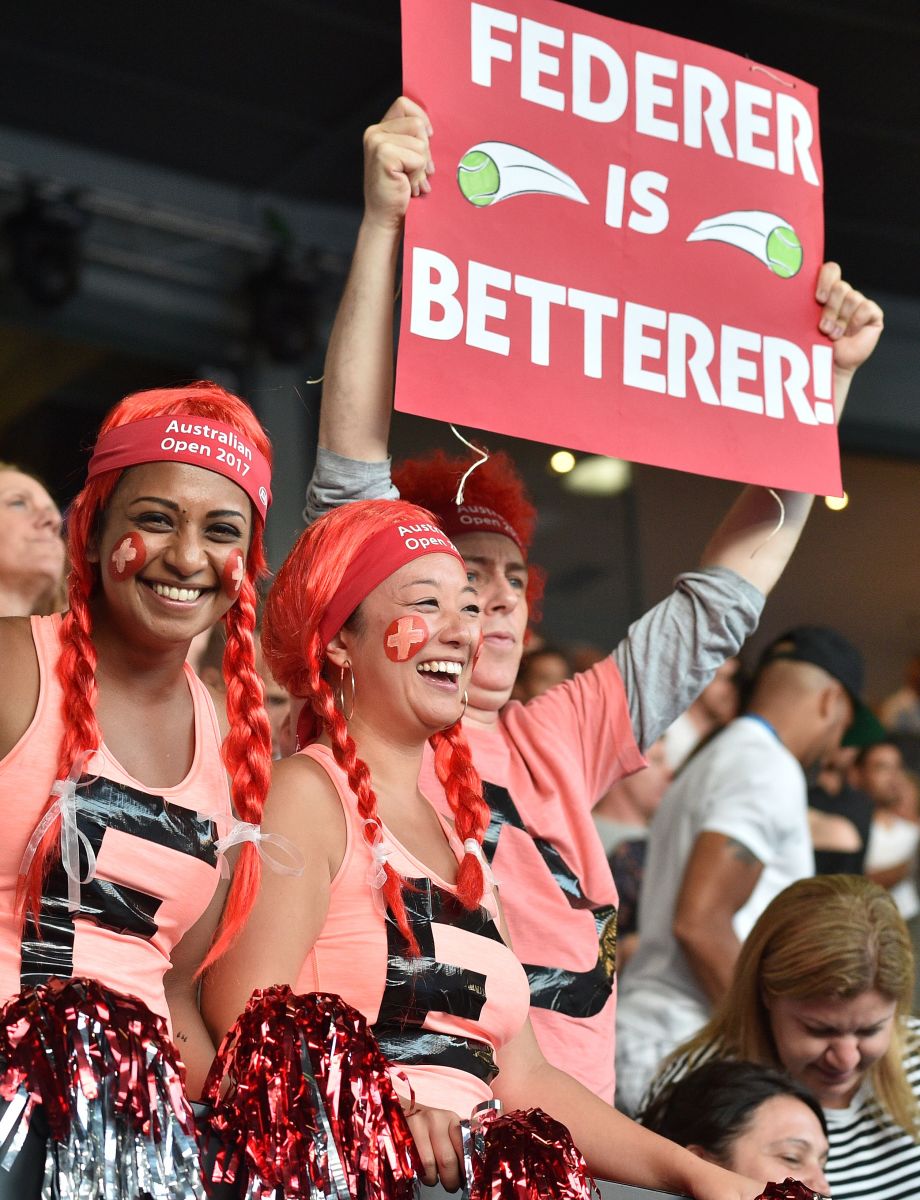
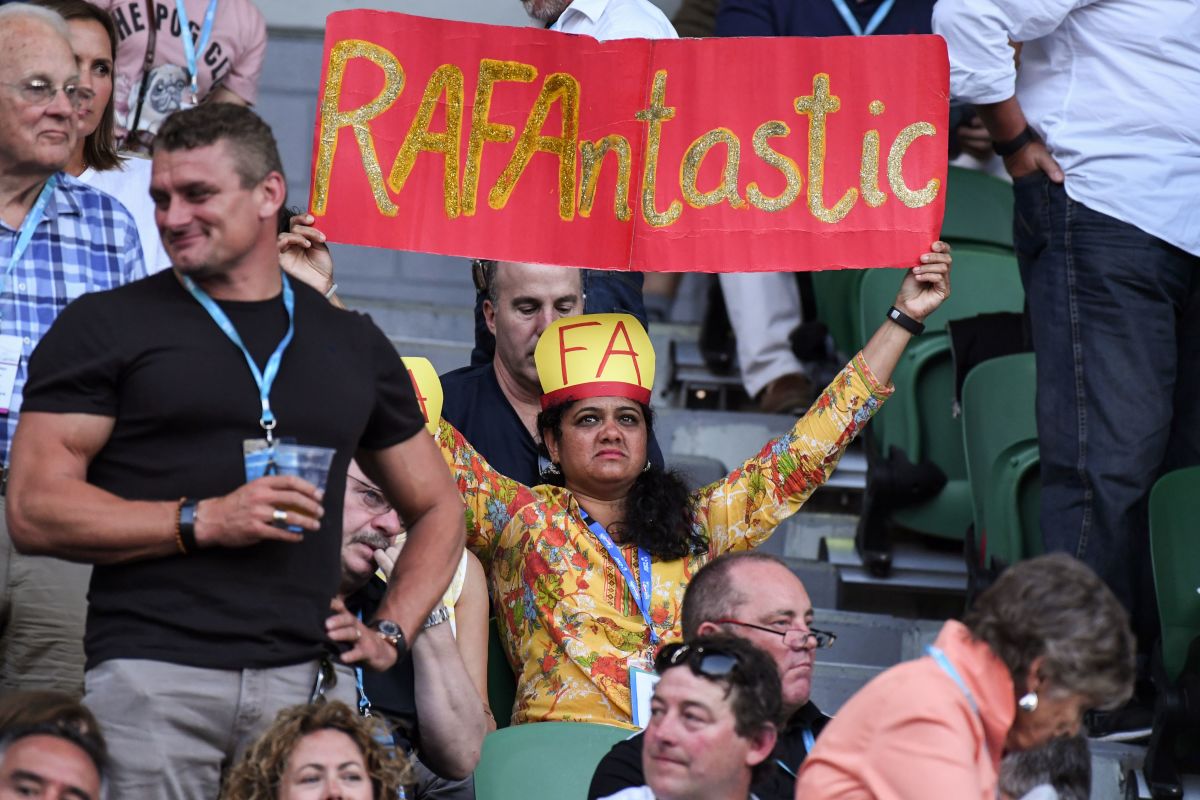
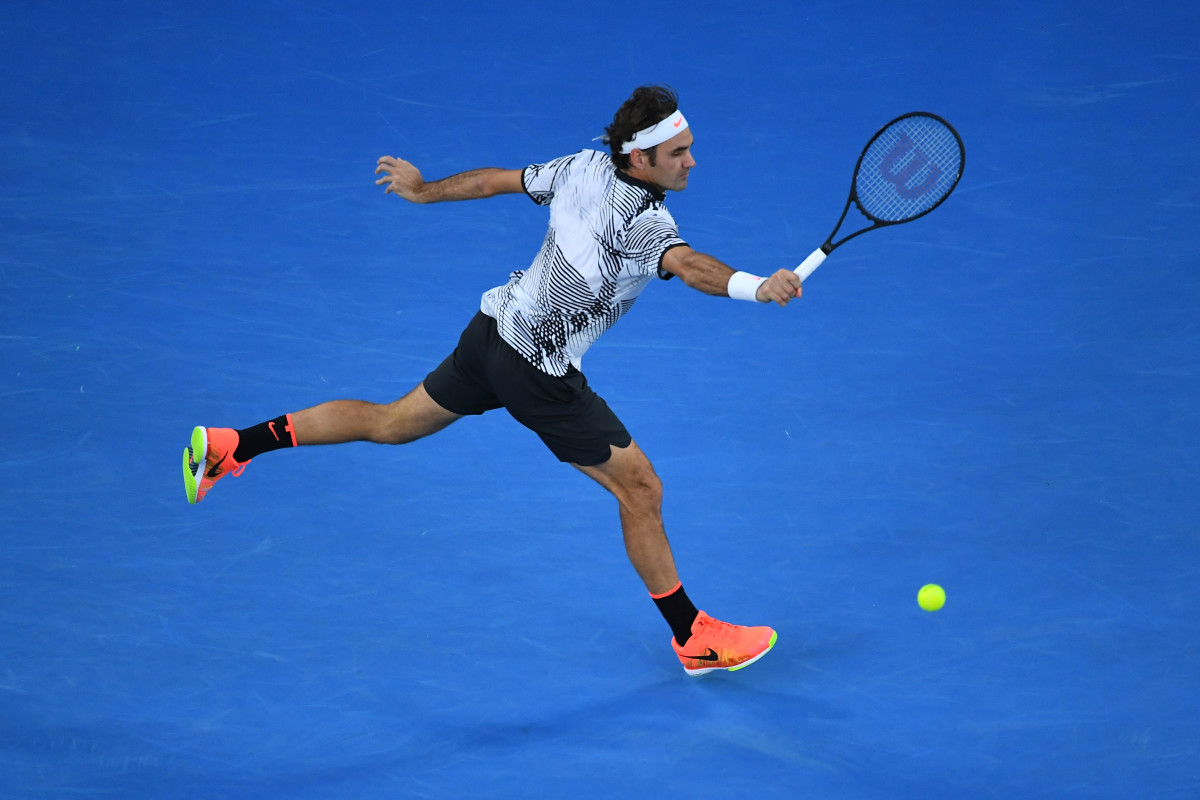
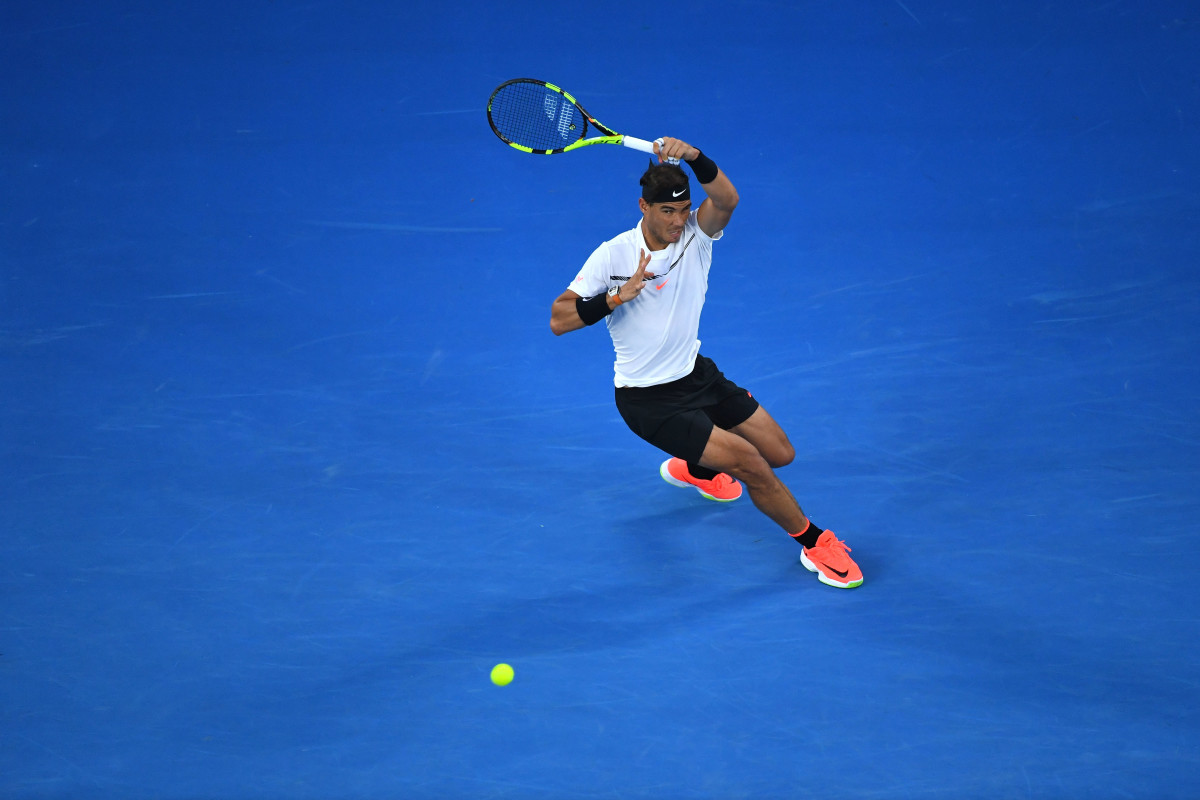
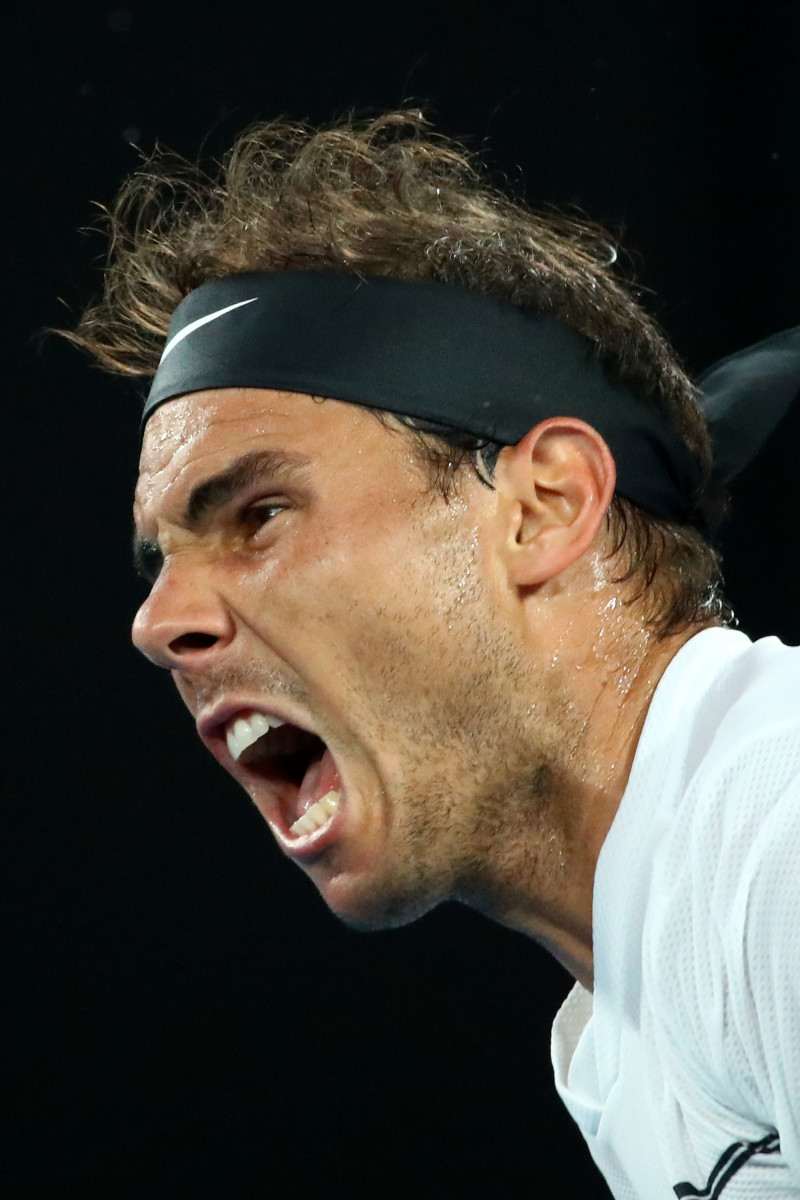
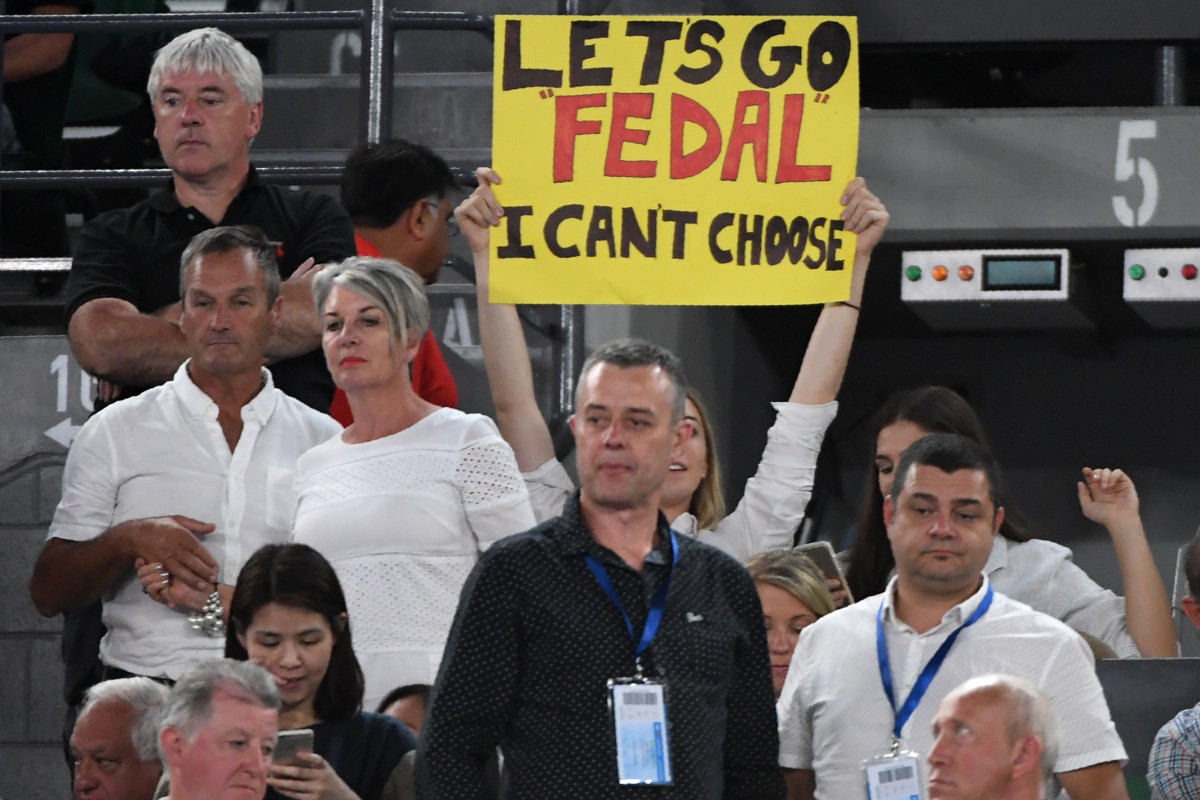
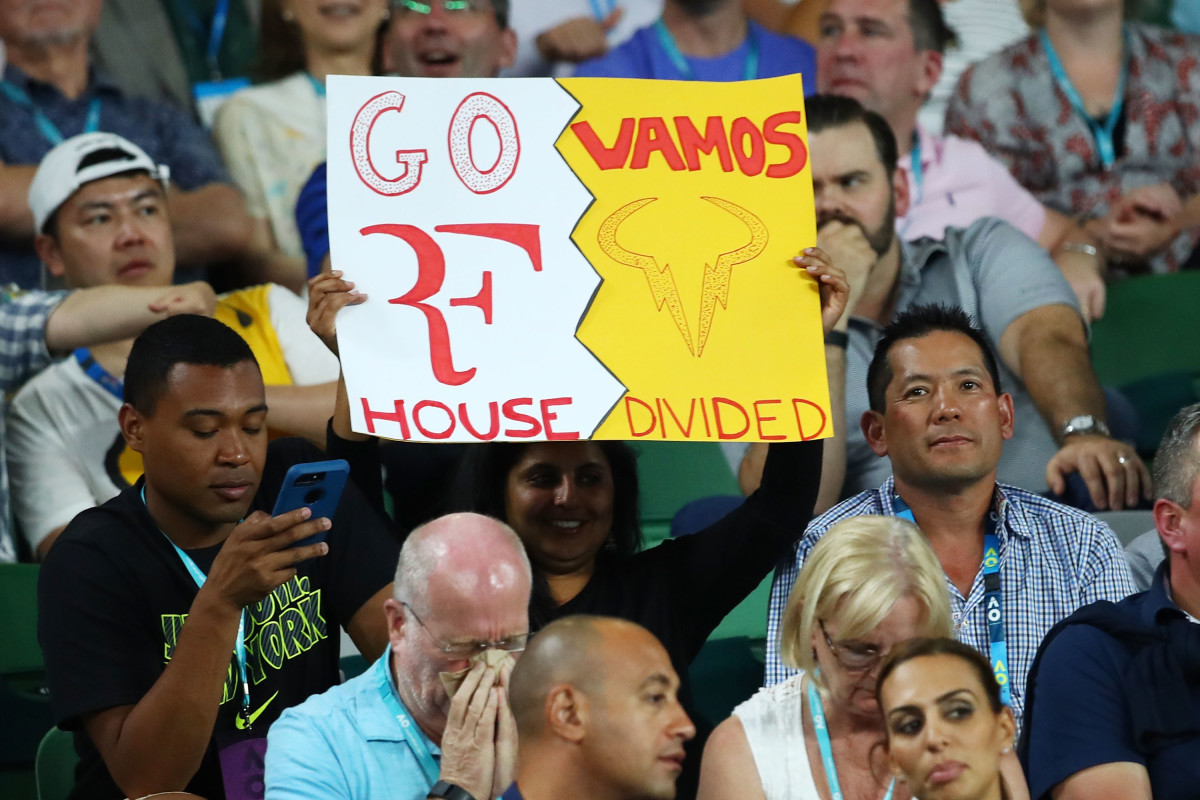
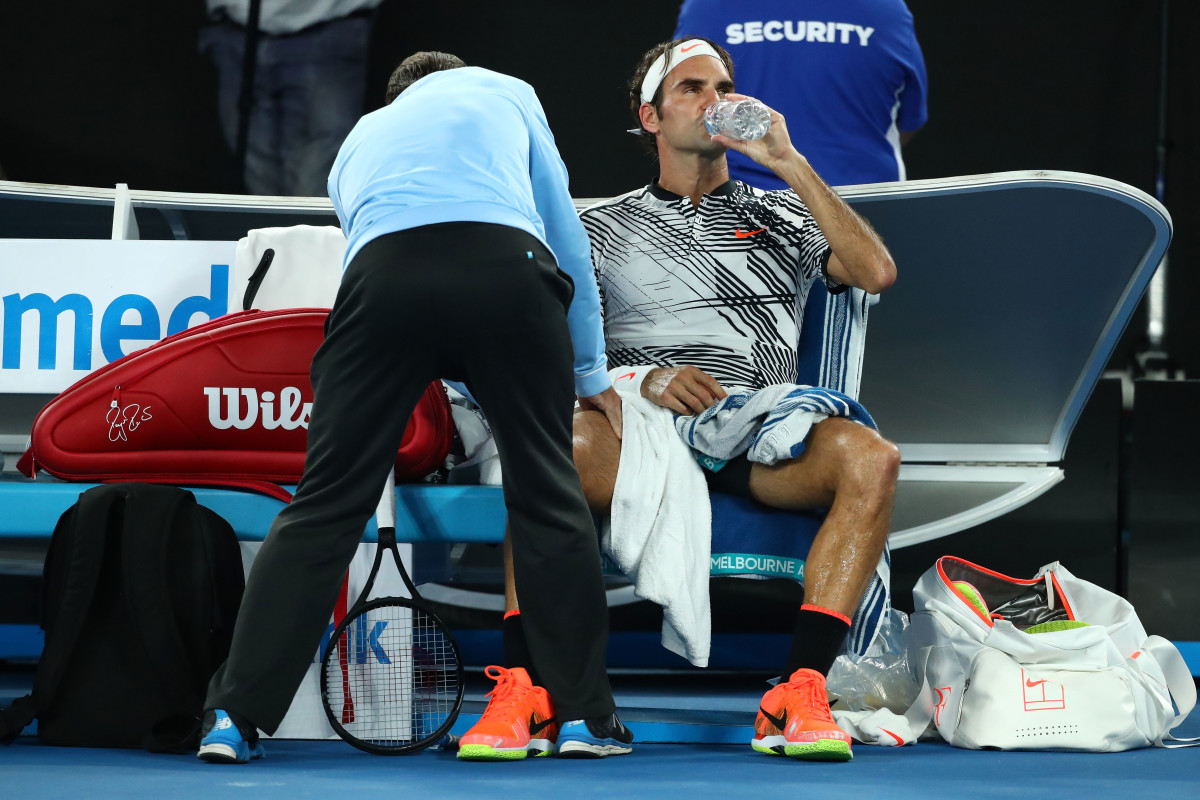
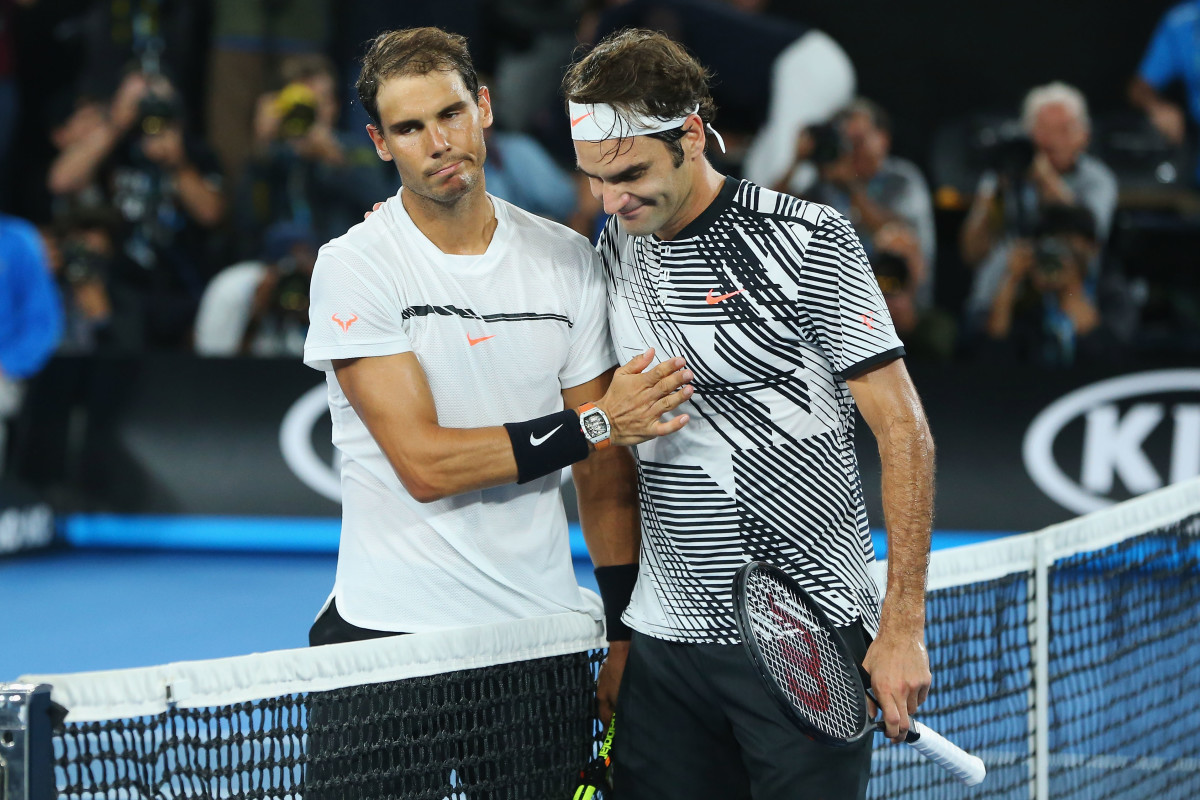
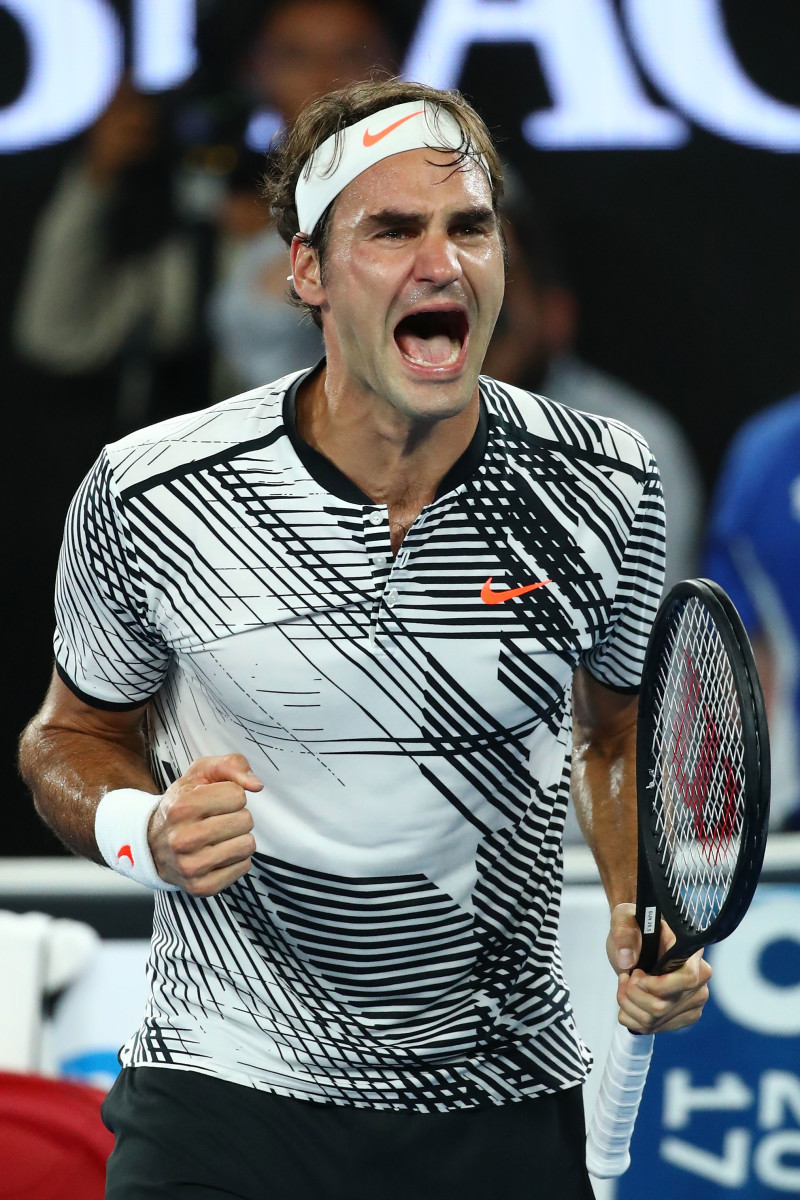
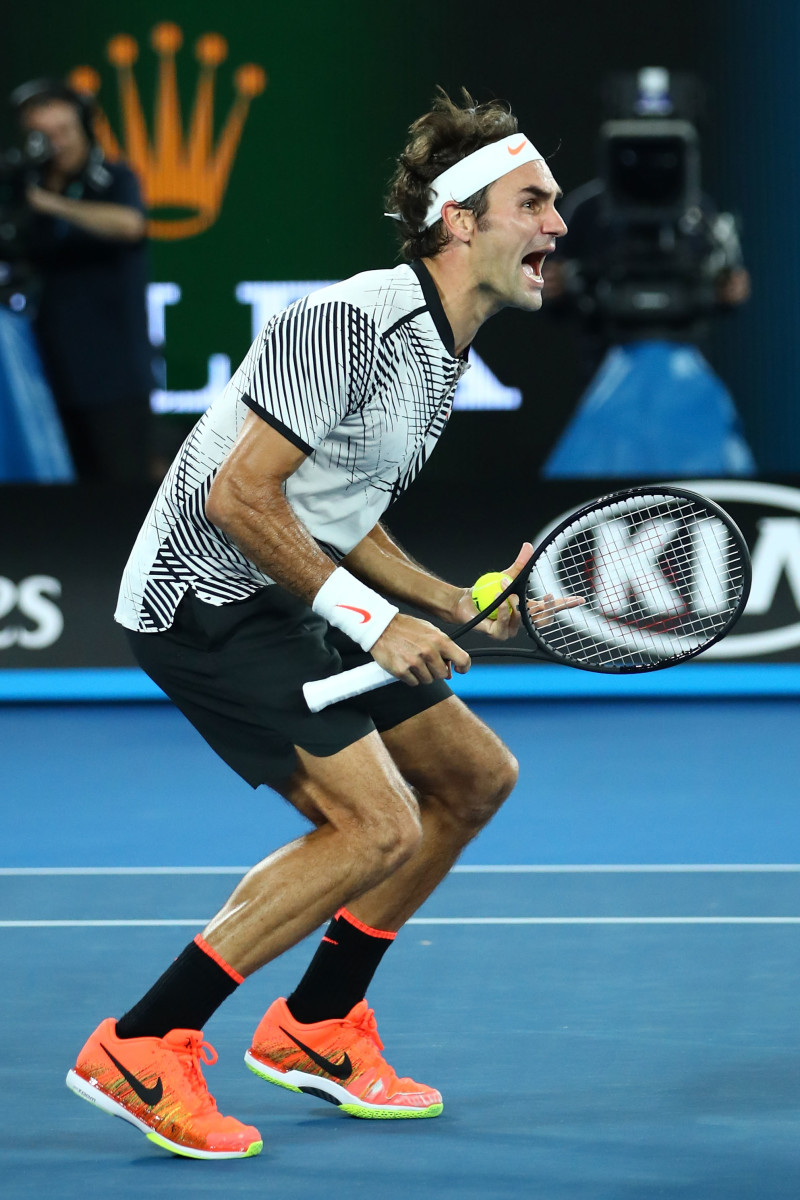
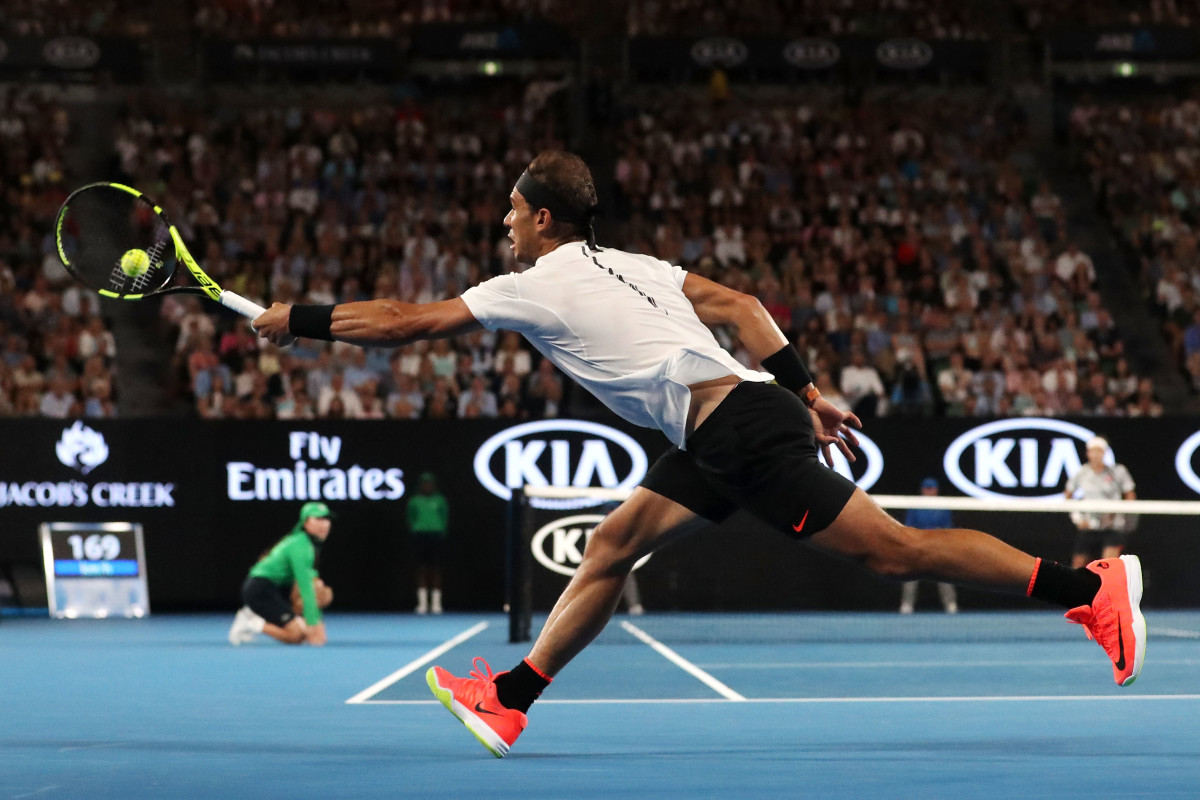
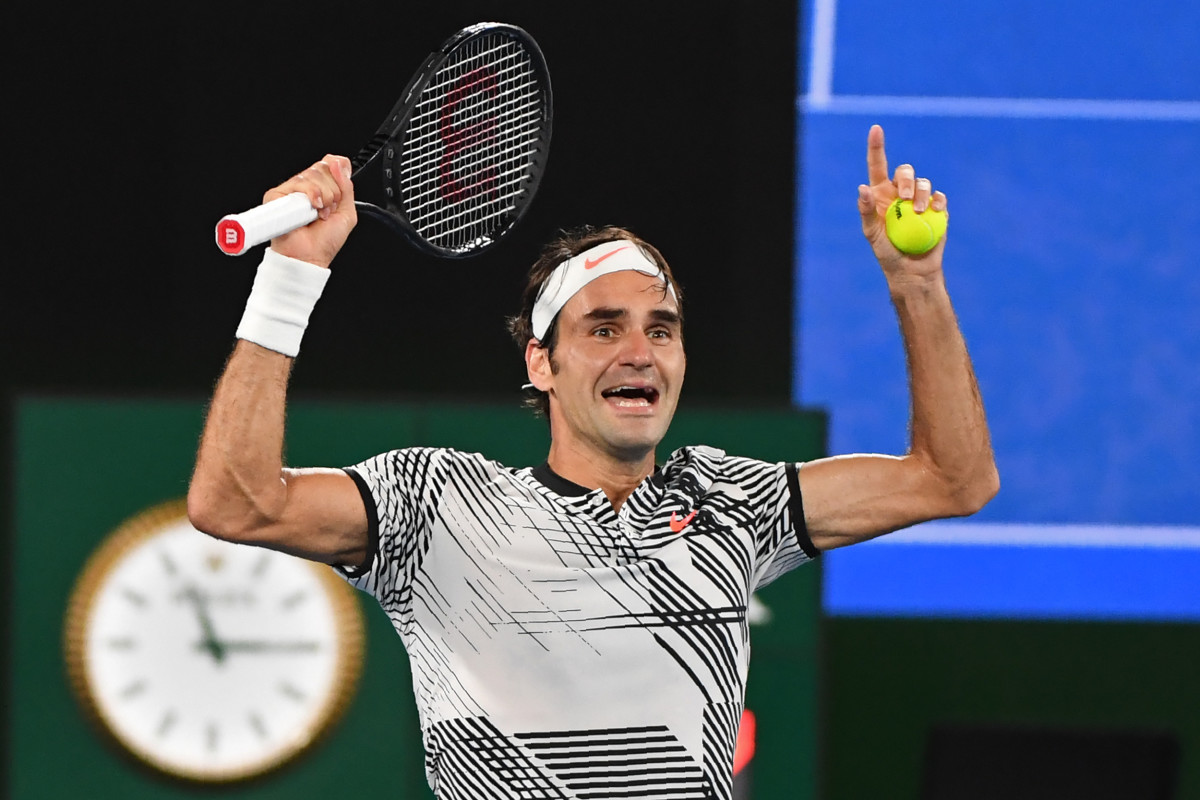
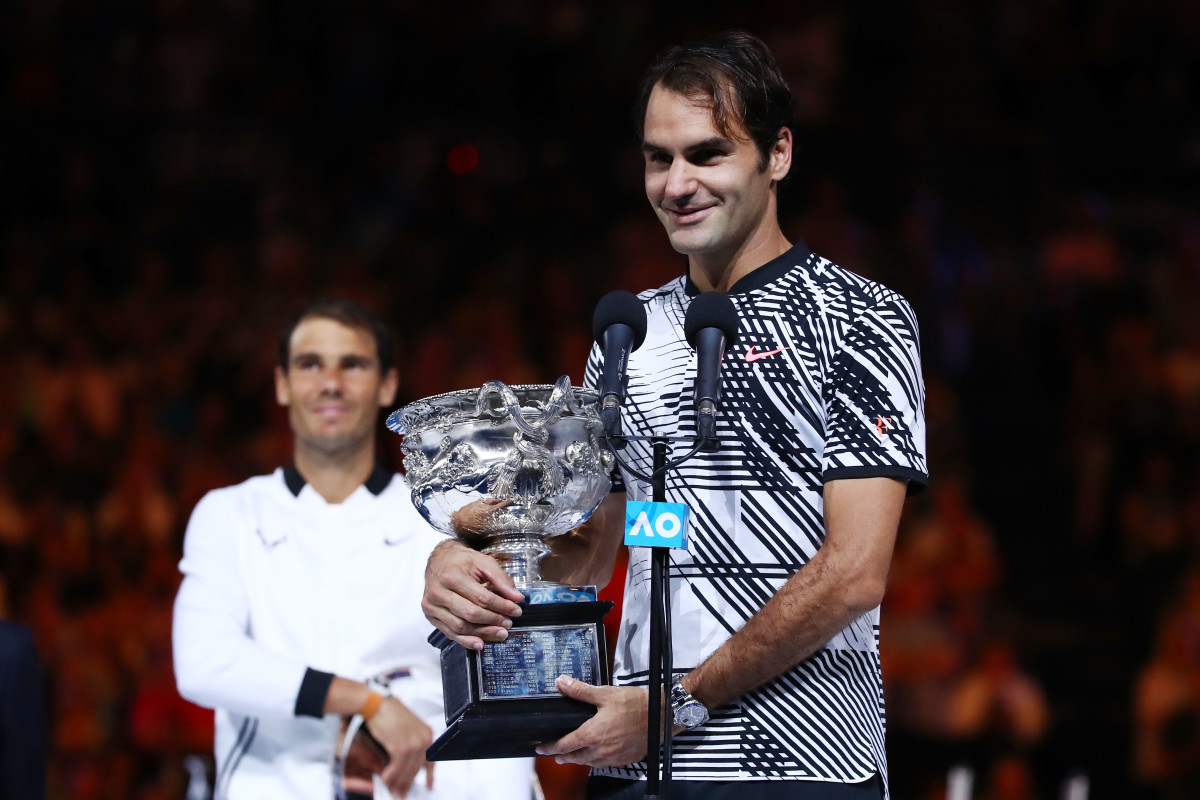
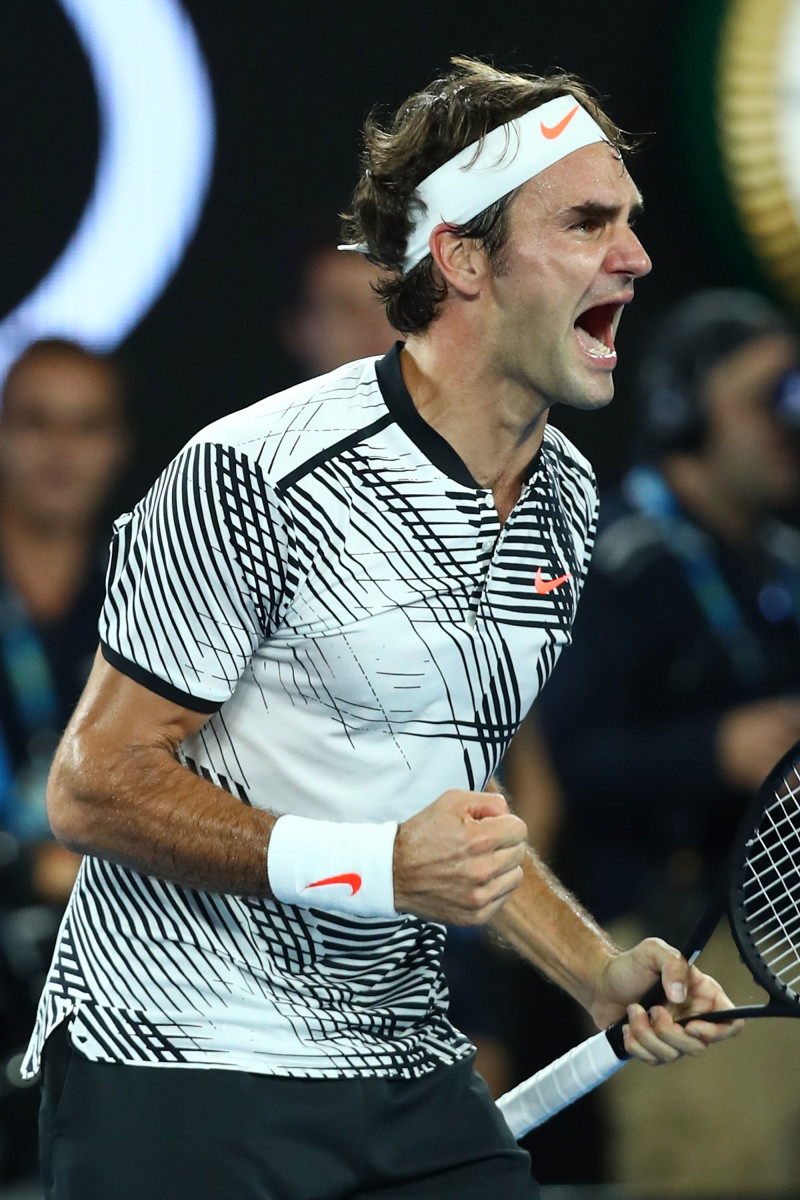
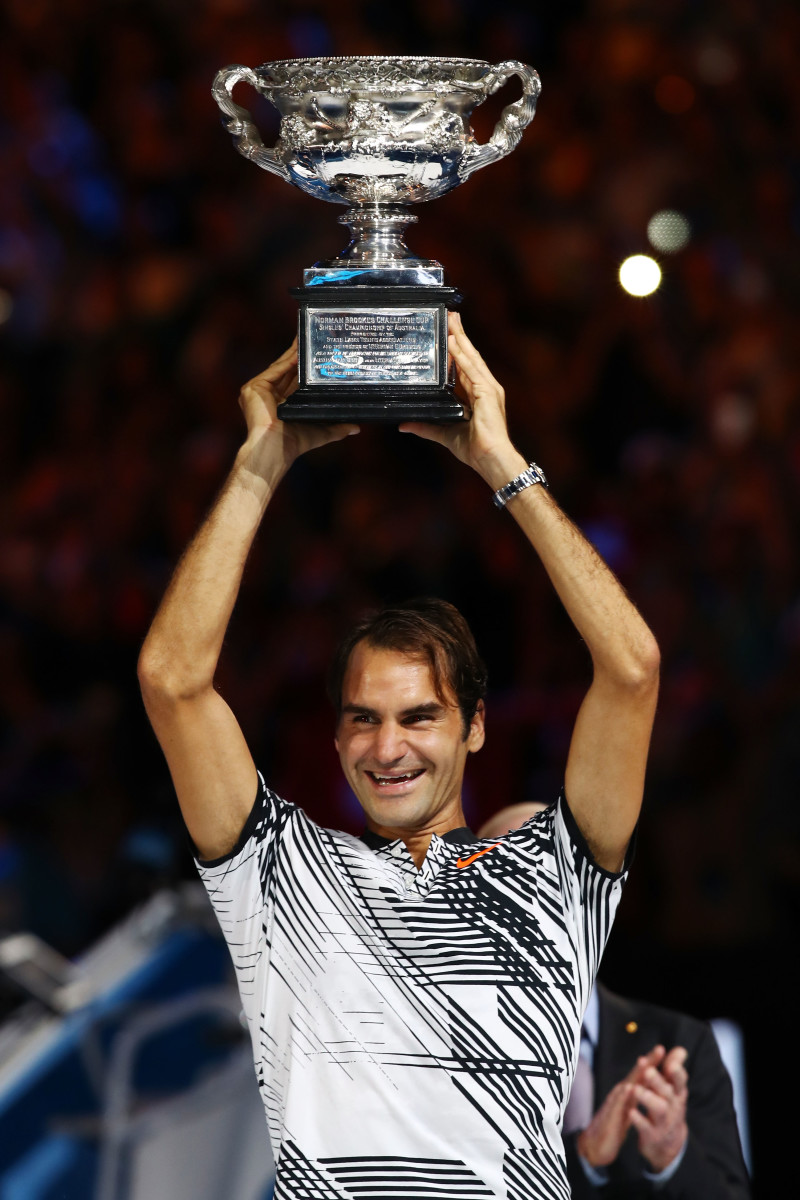
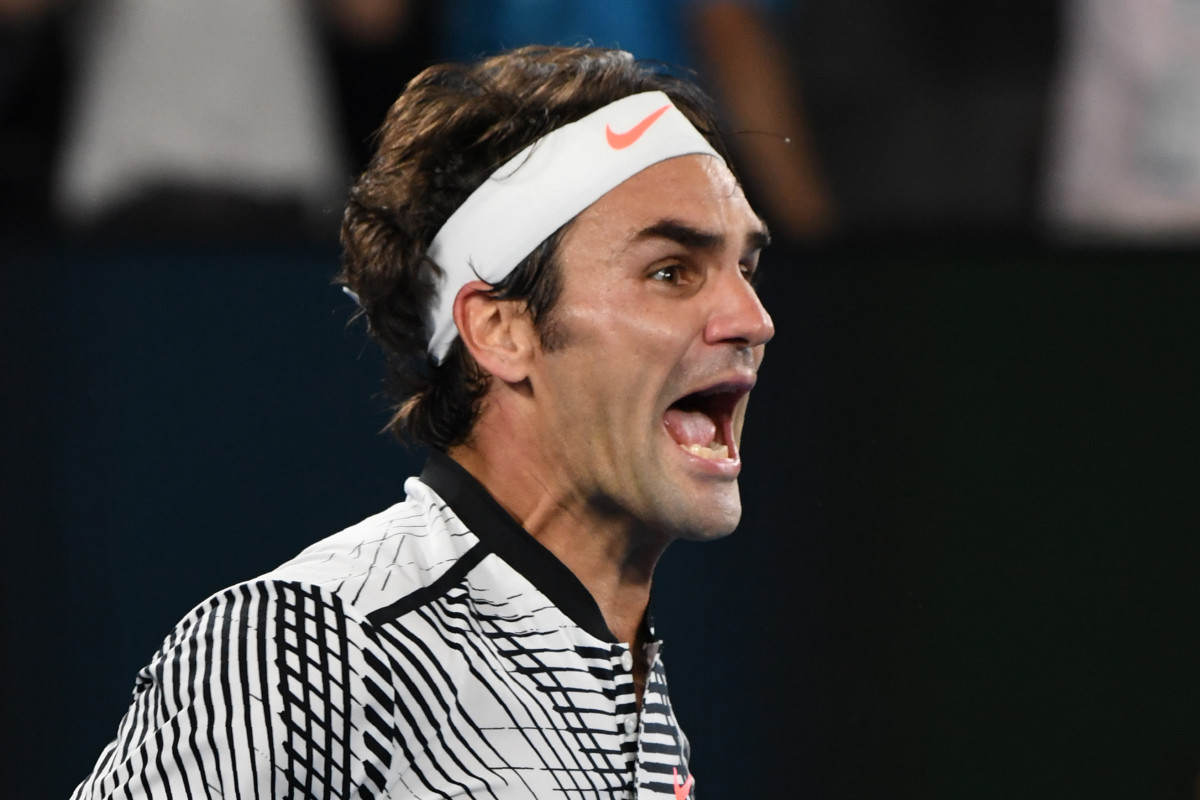
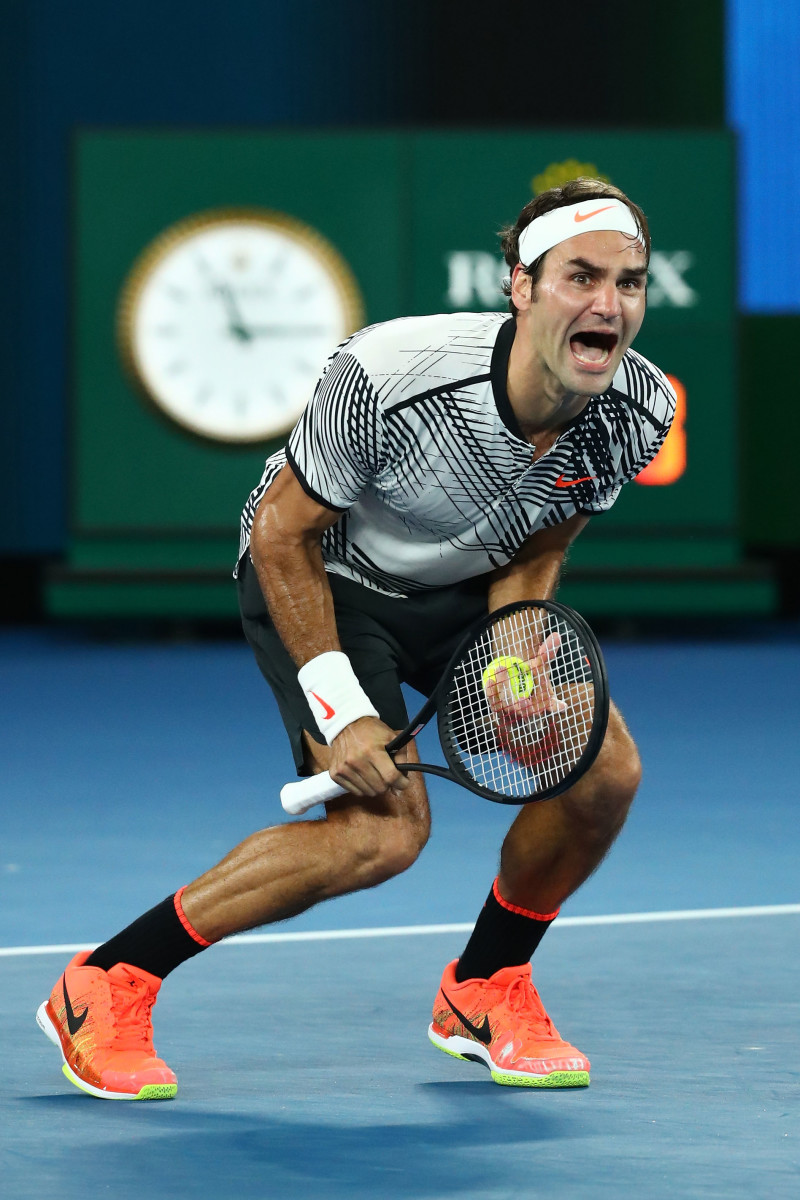
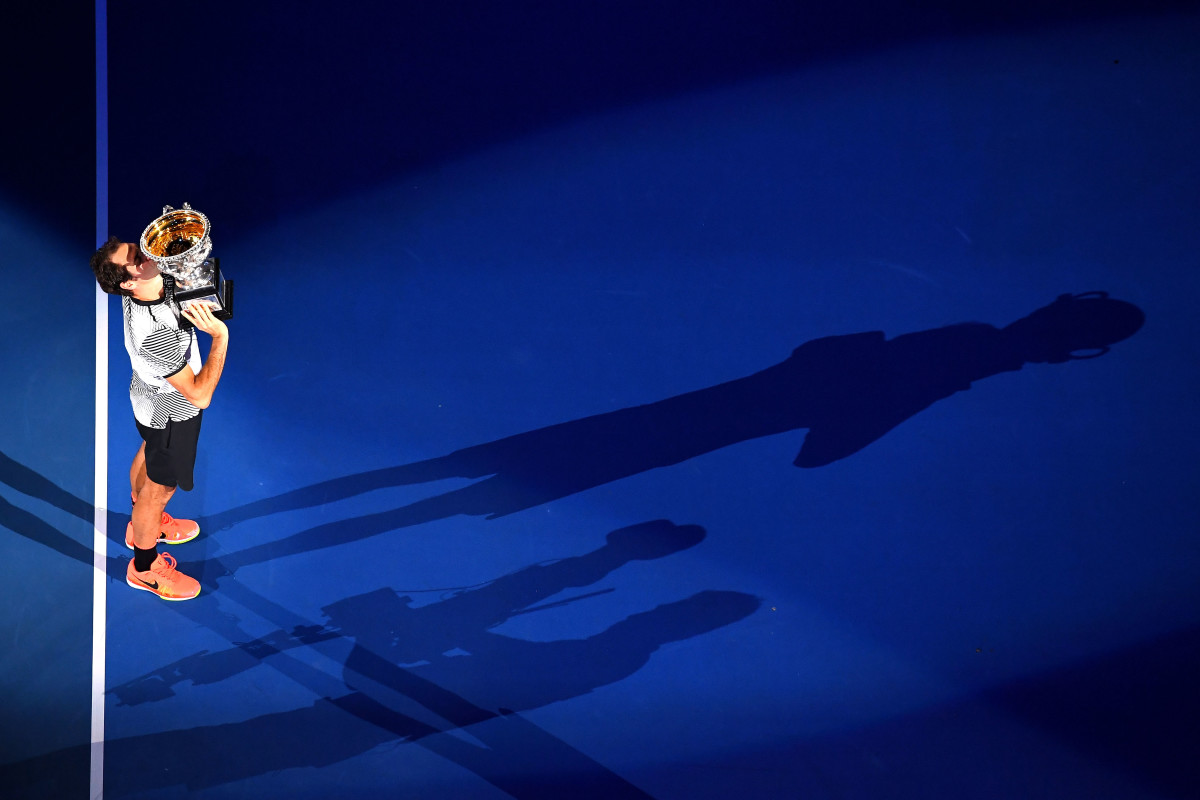
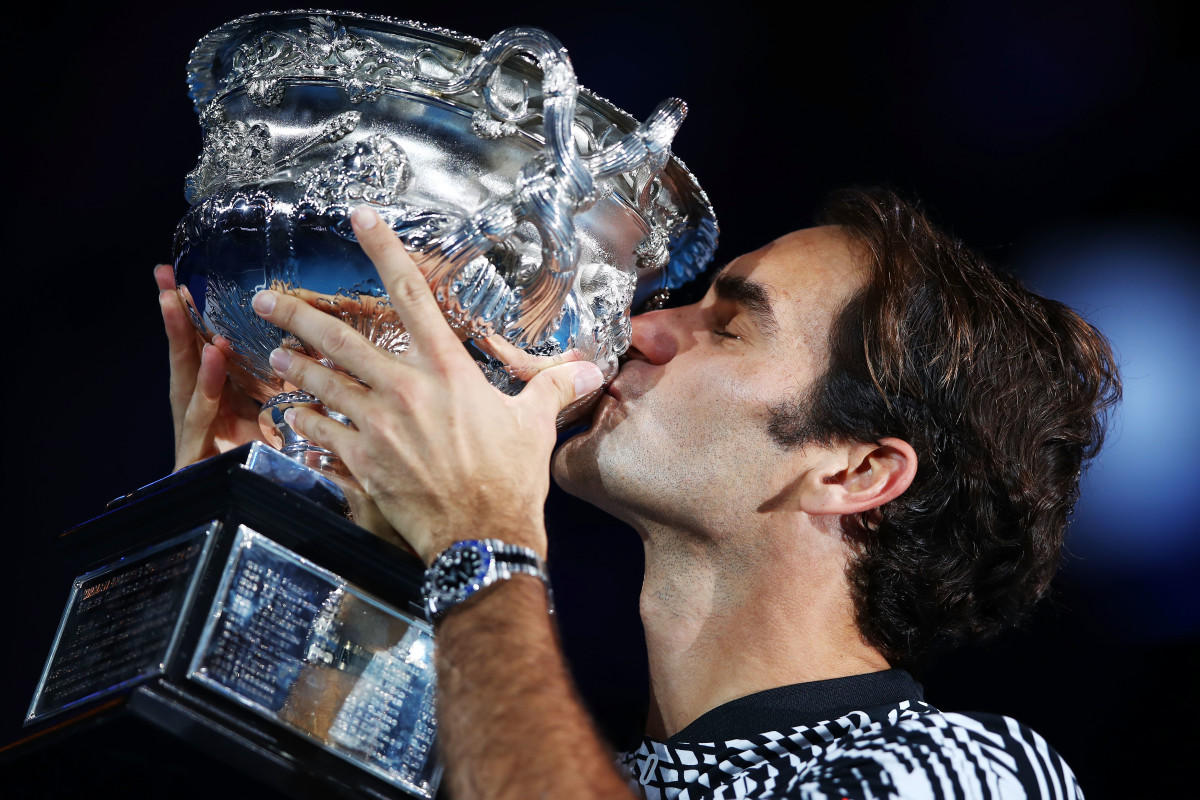
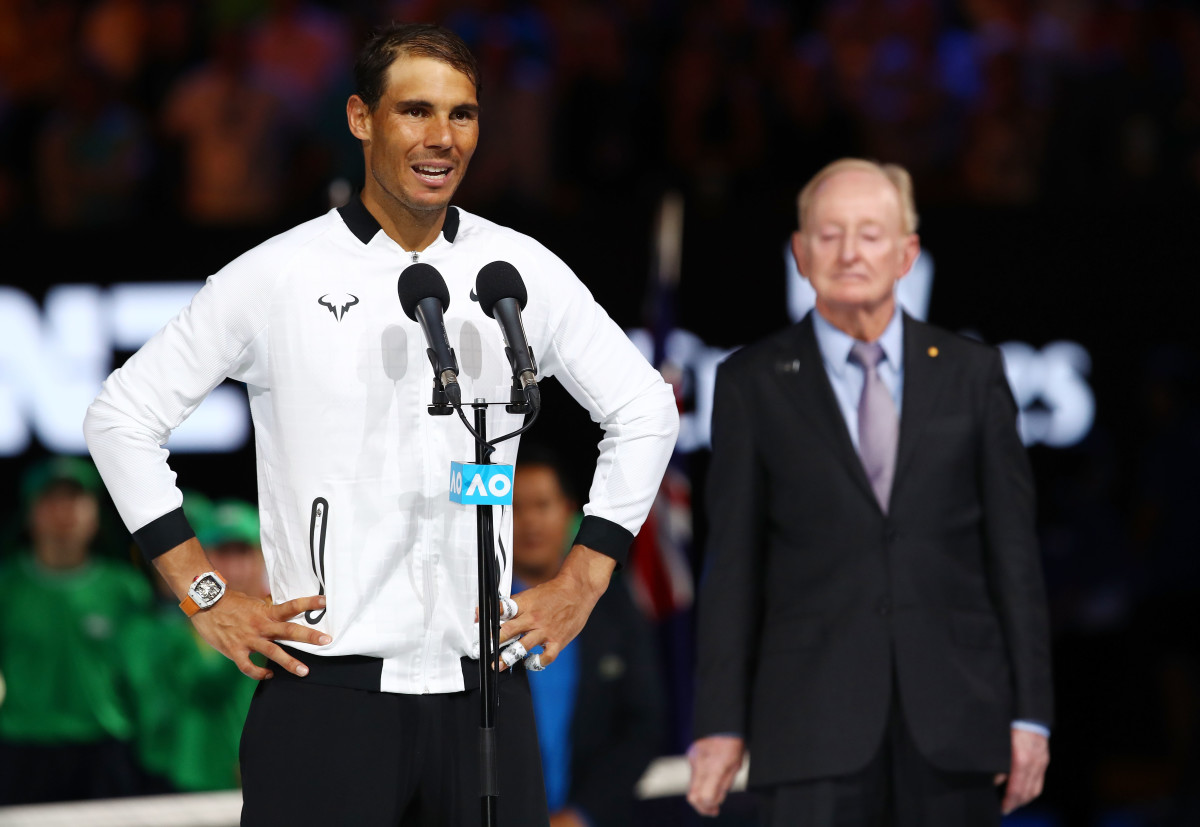
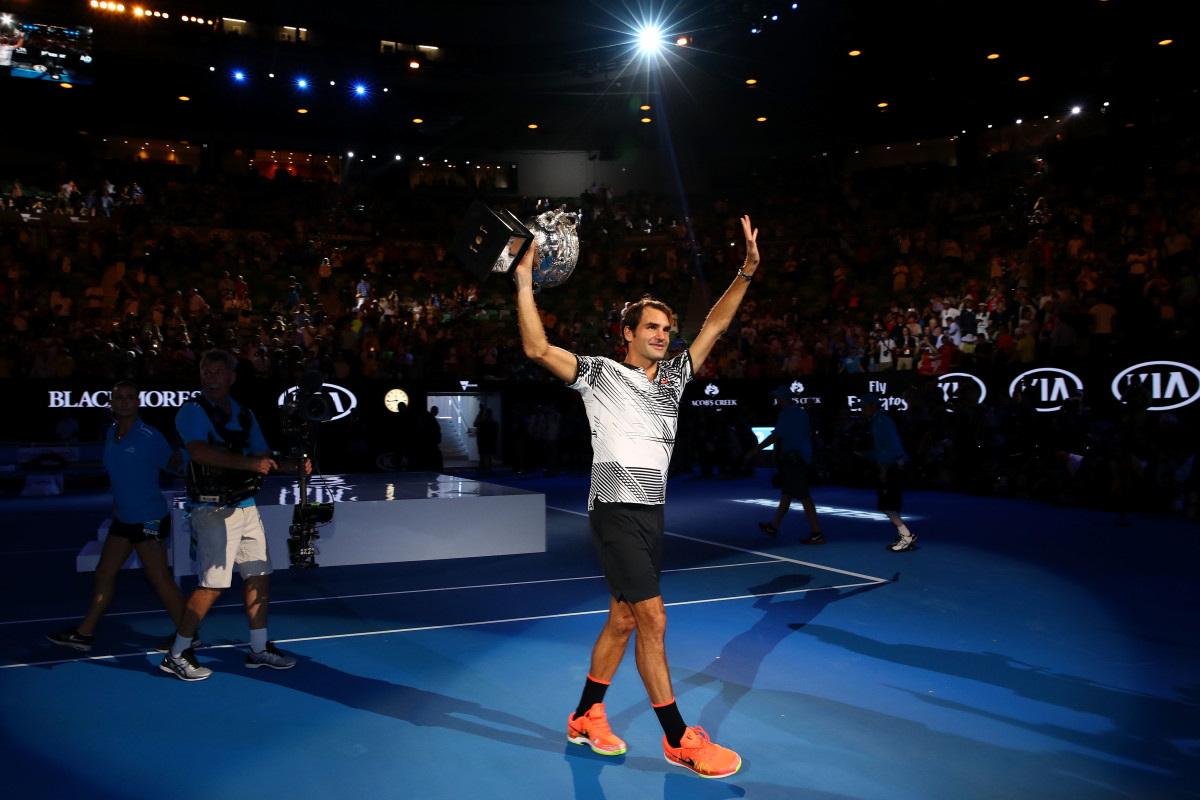
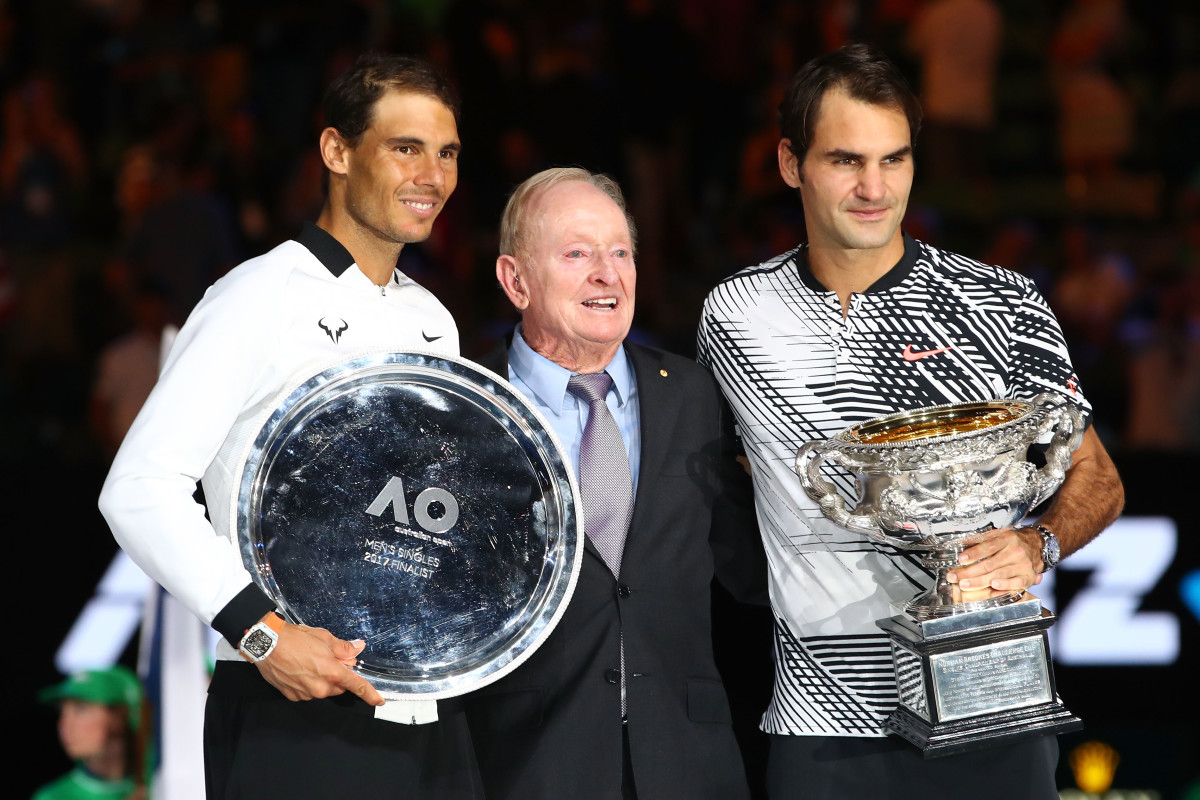
• This tournament’s every-match-tells-a-story-don’t-it?: In the round of 32, Barbora Strycova was down 5-2 in the second set against Carolina Garcia. She then won 16 of the 17 points, prevailing 6-2, 7-5.
• I put Jo Konta in the same category of Milos Raonic. A smart and self-possessed technician who might challenge the marketing department, but draws uncommonly high marks for professionalism. Without drawing attention to it, she had a rough off-season with the passing of her sports psychologist, Juan Coto, and a coaching change.
• Sascha Zverev is still buffering, as it were. But there is so much to like here. If you saw his five-set match against Nadal, you got a tasting menu of his gifts. You also got a sense of why there are no teenagers in the top 20. At the risk of sounding like a meathead football coach: it’s a man’s game. Physically, it takes time to time build the strength and stamina for best-of-five.
The incredible comeback story of Australian Open semifinalist Mirjana Lucic-Baroni
• The obligatory Nick Kyrgios item. Alas, the conversation hasn’t really evolved. The talent is undeniable. The immaturity is undeniable. The great rivalry in tennis: which will override the other? Four points. 1) More than any other player I can recall, when Kyrgios’ body goes, his mind follows. 2) He’s living a nice life now. Where’s his motivation to work hard to try and be No. 1? 3) You cay say, “He’s only 21; there’s time.” To some extent this is true. When careers expand into the mid-30s, the urgency isn’t there as it was a generation hence. But look at Sascha Zverev and his professional approach. For that matter, look at the young Americans. 4) Among potential coaches you keep hearing the same thing: I don't want to be the next coach. I want to be the next, next coach. (Someone else can be Mark Jackson. I’ll be Steve Kerr.)
• We like the game of Latvian Jelena Ostapenko. We like her candor as well. Leading Karolina Pliskova 5-2 in the third set of the middle Saturday match, Ostapenko couldn't close, eventually falling 10-8 in the third. In the locker room afterwards, Ostapenko said to Pliskova, “I got so tight!” Pliskova’s smiling response: “I know.”
• Five other players who impressed: Dan Evans (an all-star of the interview room as well.) Dasha Gavrilova, who could be an Australian version of Dominika Cibulkova. Frances Tiafoe, who looks like he’s wearing a Kevlar vest. Reilly Opelka, who played David Goffin deep into a fourth set—putting up a better effort against Goffin than top tenner Dominic Thiem. Tennis’ Greek Freak, Maria Sakkari (daughter of former pro Angeliki Kanellopoulou.)
• Here’s the Petra Kvitova update from her camp: “She's doing OK. They have not caught the attacker, despite a wide manhunt and financial reward being offered. She has been working very hard on her rehab but it's a day-by-day process. She is hoping to have the splint removed from her hand soon (in the eighth week after surgery), which will be replaced by a protective glove the surgeon will make for her. Petra remains cautiously optimistic, the support pouring in from her fans and the tennis family is really helping.”
Beyond the Baseline Podcast: Mary Carillo on final days of the Australian Open
• Noah Rubin gets high marks for his performance qualifying, winning a first match and then holding his own against Federer. The American players have tended to be monolithic over the last 15 or so years: big game, big forehand, big serve; shaky backhand; low on nuance. Rubin cuts a different figure.
• Want to crack down on match-fixing? Do what you always do with vice and cut off the supply chain. Which in this case is the data. The ITF boasted about its commercial deal with a digital content provider, which is great for the P/L statement. But isn’t it this data that facilitates online gambling, that facilitates match fixing? When there is no data from the Podunk challenger, where’s the gambling market?
• The TIU, the Tennis Integrity Unit, issued their annual review, highlighting their budget, anti-corruption goals going forward, notable busts. You know what’s missing? Women. Of the 34 sanctions the TIU has overseen, only two were to WTA players. (And those were for failure to report, not for fixing.) Gambling markets exists for women’s matches as well as men. For the gender studies symposium: why this disparity? Discuss.
• Asked to name my favorite stories this tournament, I mentioned Ash Barty, the young Aussie who took time off from tennis to play cricket—the cricket rumspringa; who among us hasn't entertained that fantasy?—and returned to reach the round of 16. But, as I think about it, this designation of Barty to “pleasant sidebar” doesn't do the story justice. Only 20 years old, she is a fine athlete, a born competitor and a very complete player. There’s no reason why this event won’t represent the start of a run to top echelon.
• Anyone else perplexed by the announcement that Yonex reserves the right to fine its own players for racket abuse? If you’re uncomfortable with the way certain players might represent your brand, don't sign them. But you have chosen them to endorse your product—as “brand ambassadors” in the cloying sports marketing locution—why undercut their appeal by serving them with a sanction?
Federer, Venus, Brady and British tennis lead 2017 Australian Open midterm grades
• Small glimpse of Roger Federer. He beats Tomas Berdych in an absolute clinic of a match, reaching the second weekend of a Slam and dousing any uncertainty. Midway through the press conference he is asked about the differences between returning men’s serves versus women’s serve. Federer doesn’t pause and goes on to give this response which is not only smart and thoughtful and genuinely informative—as often as we compare men and women, you seldom hear about “disguise”—but reflects such a genuine love of the sport.
• One of the beneficiaries of the maturing workforce: college tennis. Jennifer Brady is an example of who played the system perfectly. After a successful junior career, she spent two years at UCLA, gaining both seasoning and a safety net should tennis not work out. (Most schools guarantee your re-enrollment if you’ve plated two years.) Brady qualified and then reached the fourth round, breaching the perimeter of the top 100 and earning about $160,000.
• Ivo Karlovic’s 22-20 fifth set win triggered the usual discussion about when-to-say-when and the absence of tie-breakers in the final set. My take? No one wins when matches go 22-20 in the fifth. “The sport has never been more physical” has become axiomatic. Why are we making players spend eight hours competing? On hard courts. In heat. A friend raises another point that we don't discuss enough: when we turn tennis into an endurance sport, are we not encouraging PED abuse?
• In a good mood and want it to end? Check out a qualifying draw. Laura Robson, first-team all good people, and a player who beat both Kim Clijsters and Li Na at the U.S. Open? Out in round one. Vasek Pospisil, a talented athlete and once a top 25 player? Out in round one, which will drop his ranking deep into triple figures. Dave Chappell would say, “Rough room, rough room.”
Beyond the Baseline Podcast: Paul Annacone on Djokovic and more from Melbourne
• We hear about the ever-increasing prize money at the majors. (Though, I still contend that fluctuations in the currency market either offset or accentuate the breathless press releases about the purses.) What we don't hear about: the extra perks. In Australia, all players in the draw were given a travel voucher as well as a shopping spree in a makeshift store on-site selling Aussie goods from Uggs to sheepskin blankets.
• Kudos to the WTA board for a strike against corrosive conflicts of interests. New policy: no management agency can have multiple representatives on the board.
• We all frown at acts of bad sportsmanship. But shame on the official who defaulted this junior for this offense. An act to be condoned? No. But this is a teenager—flying across oceans, at great personal costs—who should not have been ordered off the court.
• More money talk/more common sense… Another signpost of common sense: we hear the U.S. Open is doing away with the U.S. Open Series bonus pool, a pot of money that never once induced a player to alter their schedule.
• Classic business school case study: note the battle for the “international team competition” space. The Davis Cup is flawed—just look at the composition of the Swiss team, sans Federer and Wawrinka, the U.S. will face next week; on Super Bowl Sunday, no less—and the ITF has either intransigently stood by it or neglected to move fast enough. Backed by an unlikely marriage of private funding, Roger Federer’s imprimatur and Tennis Australia, the Laver Cup could fill the void with a Ryder Cup cognate. Now, seeing its market share threatened, the ATP is now trying to create its own version. Clearly there’s a market here. Clearly there are current inefficiencies. Clearly there will be winners and losers. Capitalism at its finest.
• In an interview during our Tennis Channel pregame show, Victoria Azarenka cited Kim Clijsters as an inspiration with regards to a player returning from maternity leave and enjoying success. For a current example, she could look to Liezel Huber, the longtime American doubles player who was back in action at this event.
• Same topic, different verse. Nice to see Brian Baker in the doubles draw, inclined to continue his career. With his protected ranking status expired, Baker dropped well outside the top 100 in singles. Nevertheless, he soldiers on. Wish him well. The tennis fates are in deep arrears to this guy.
Australian Open final: Serena vs. Venus Williams
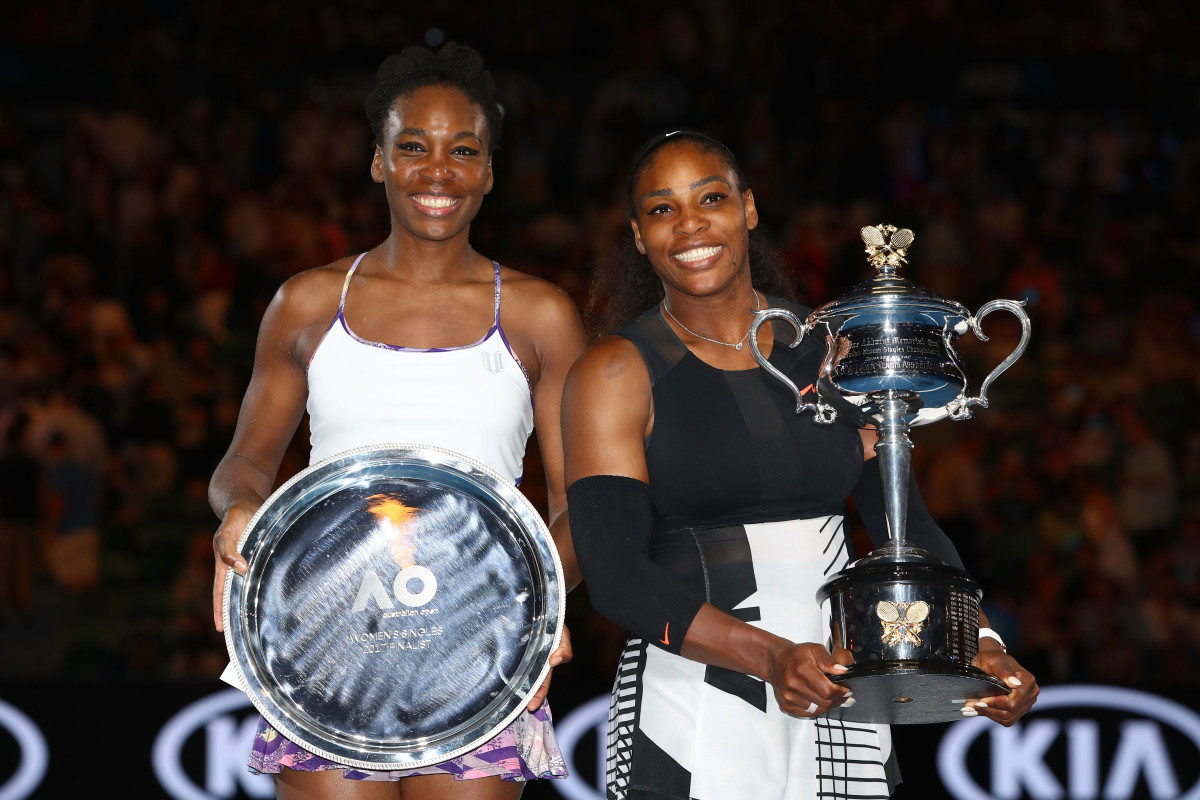
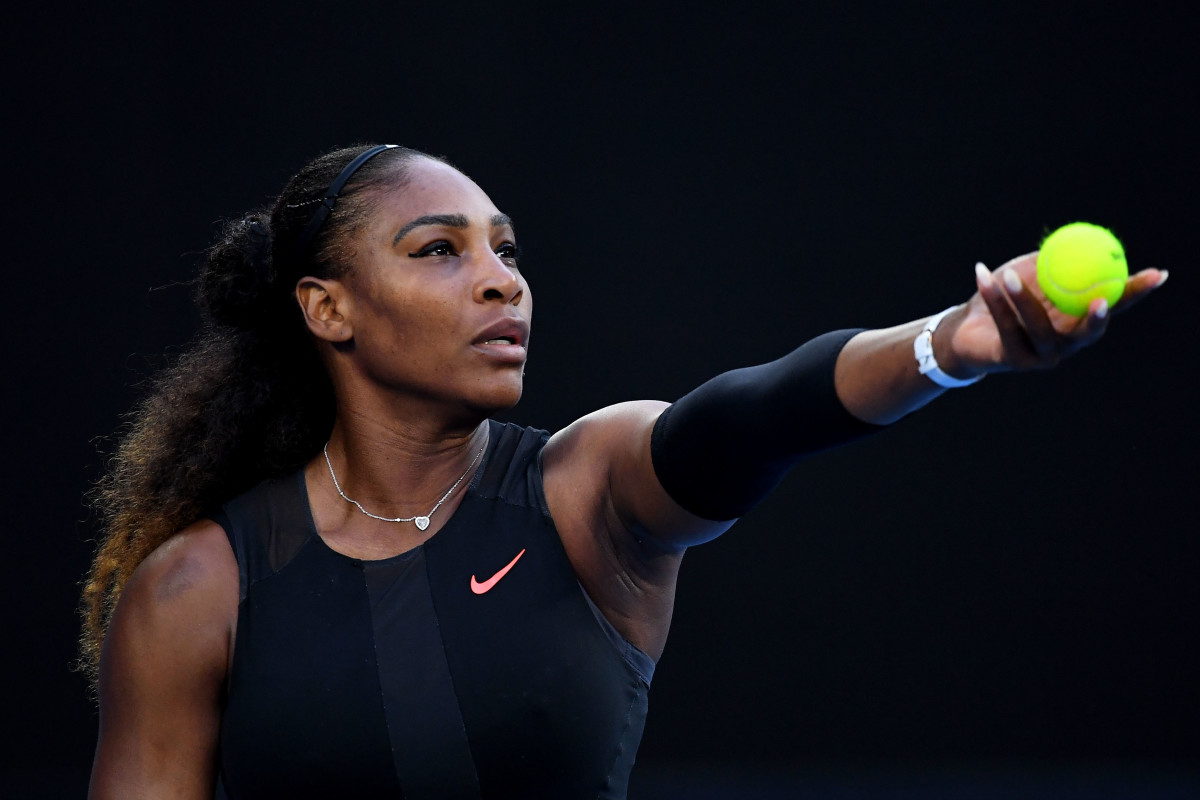
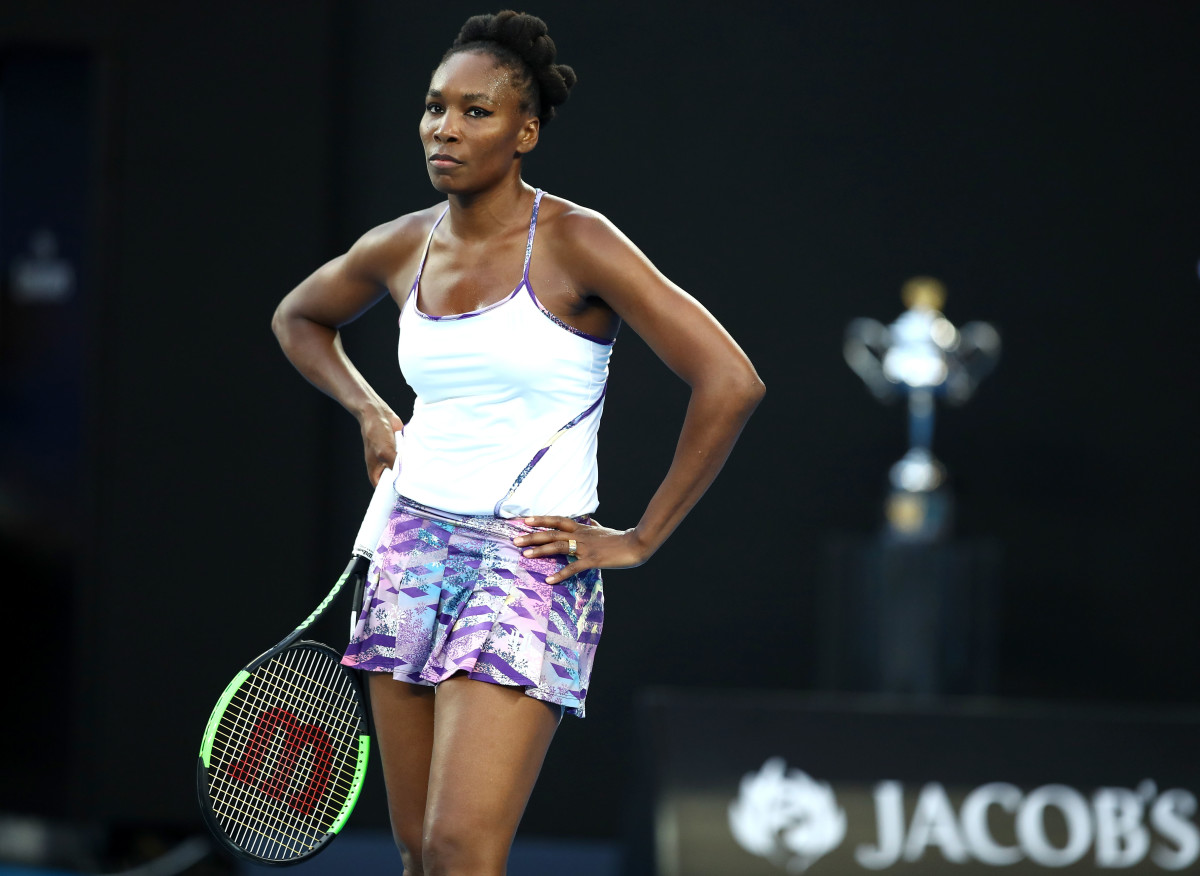
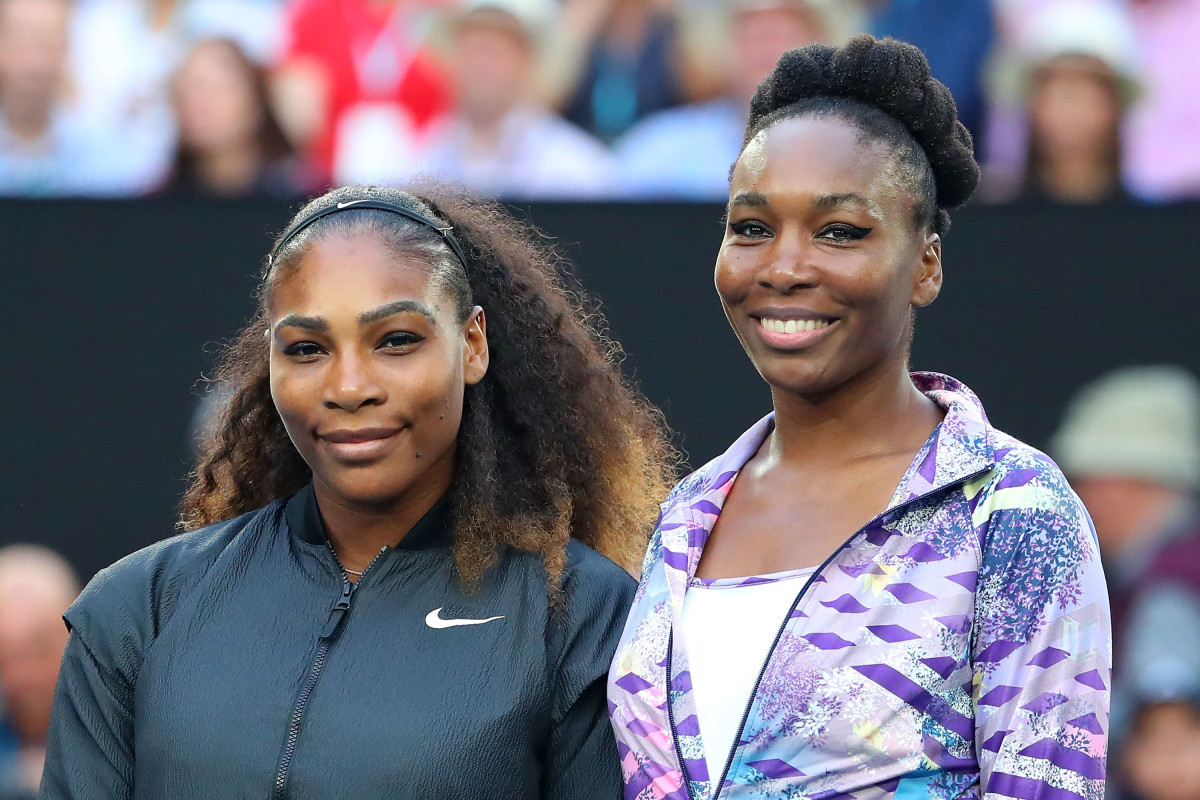

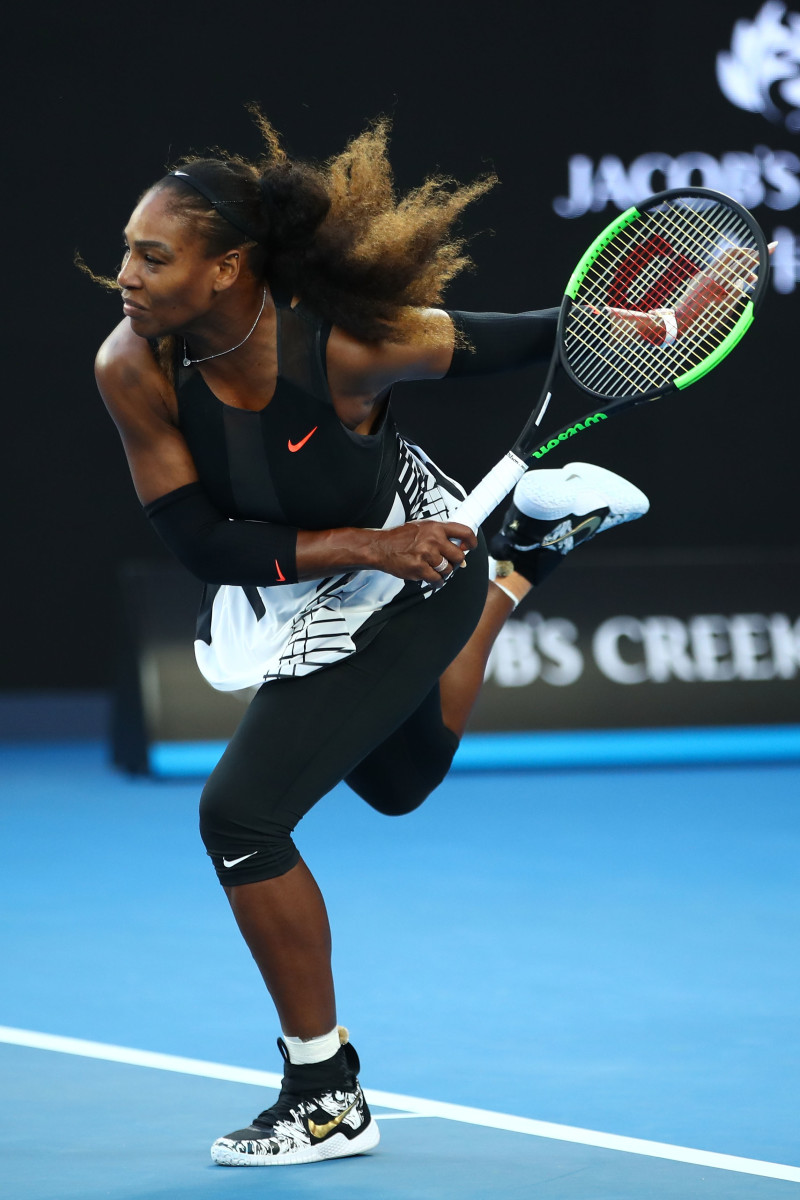
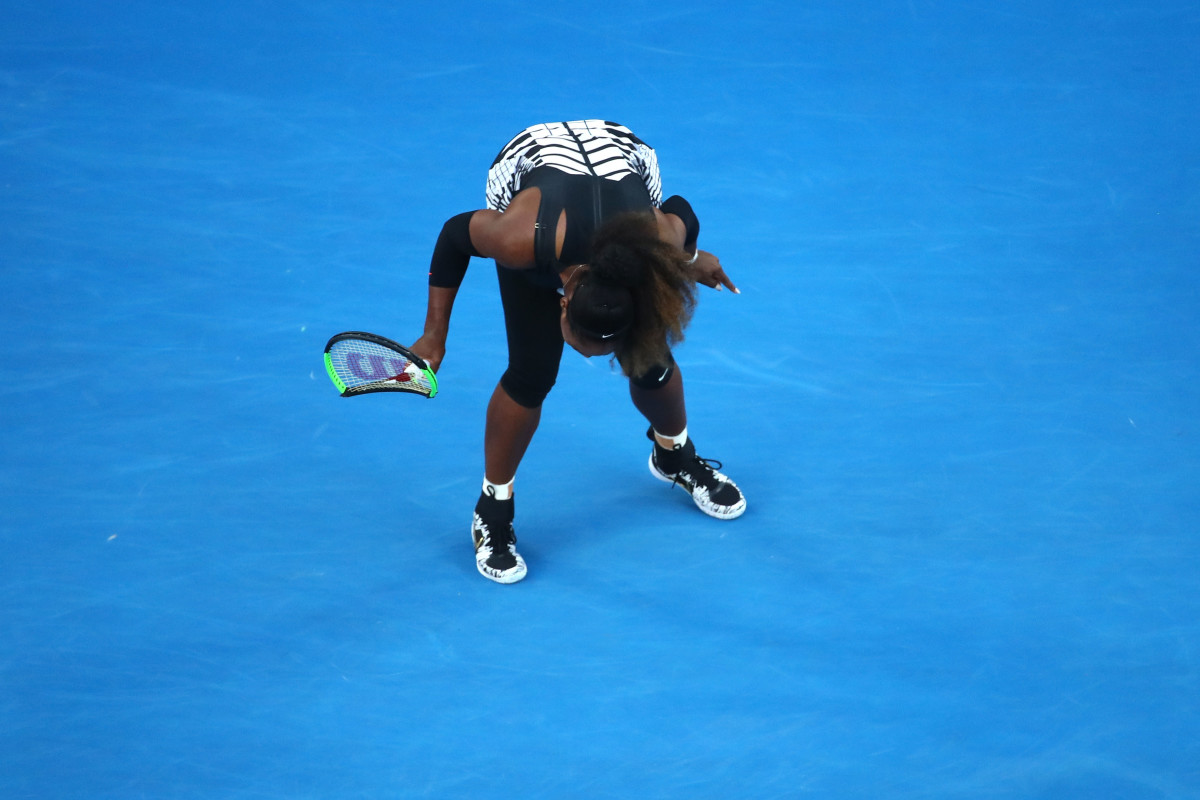
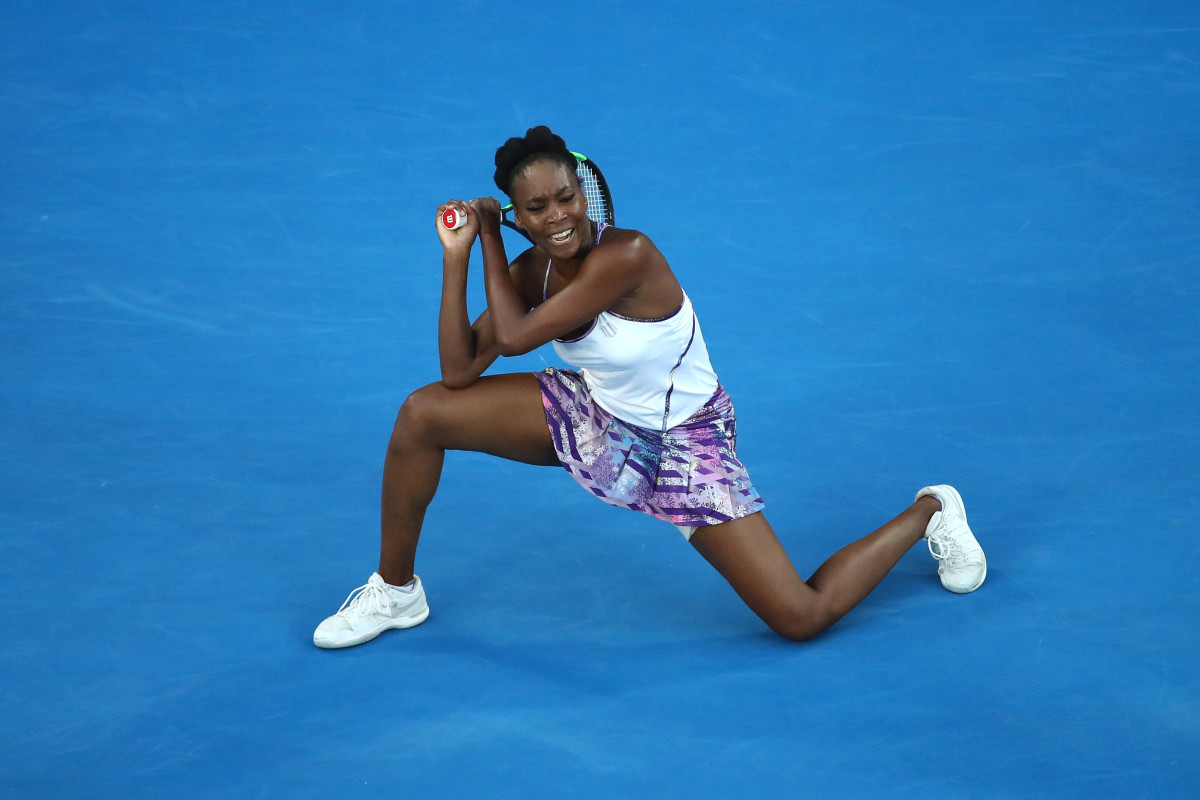
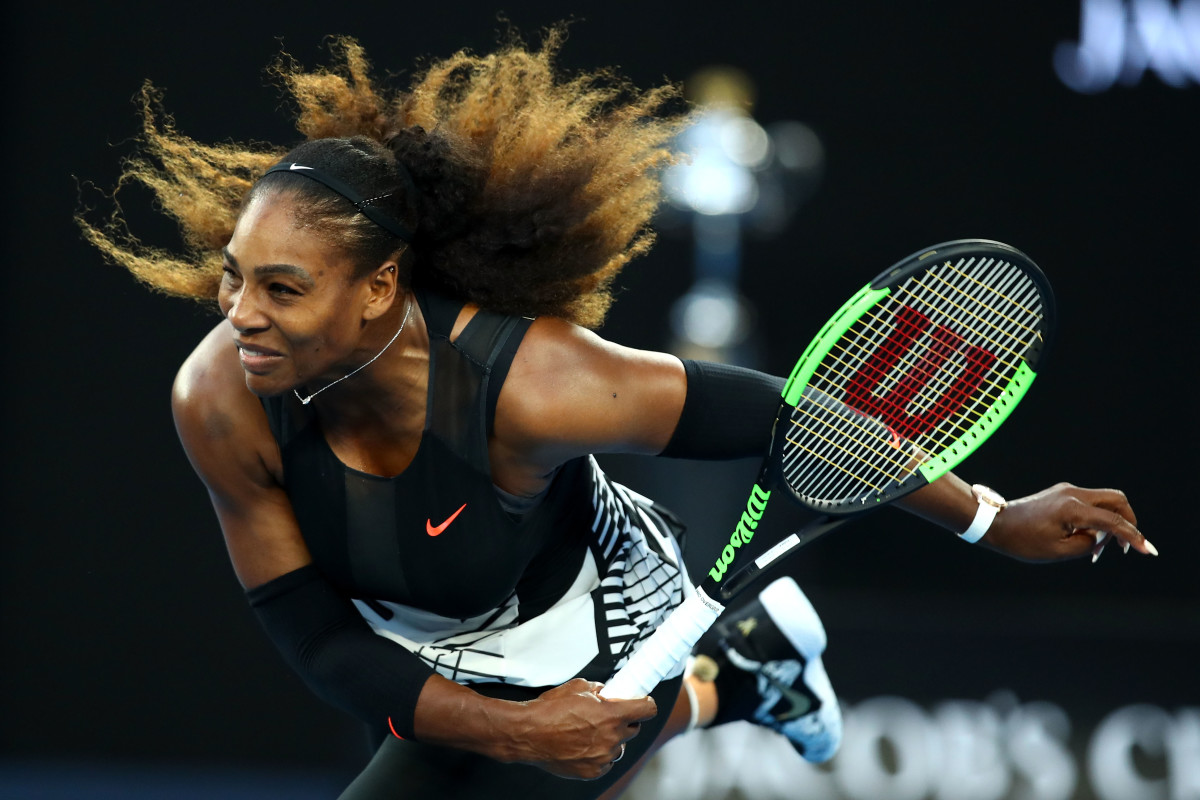
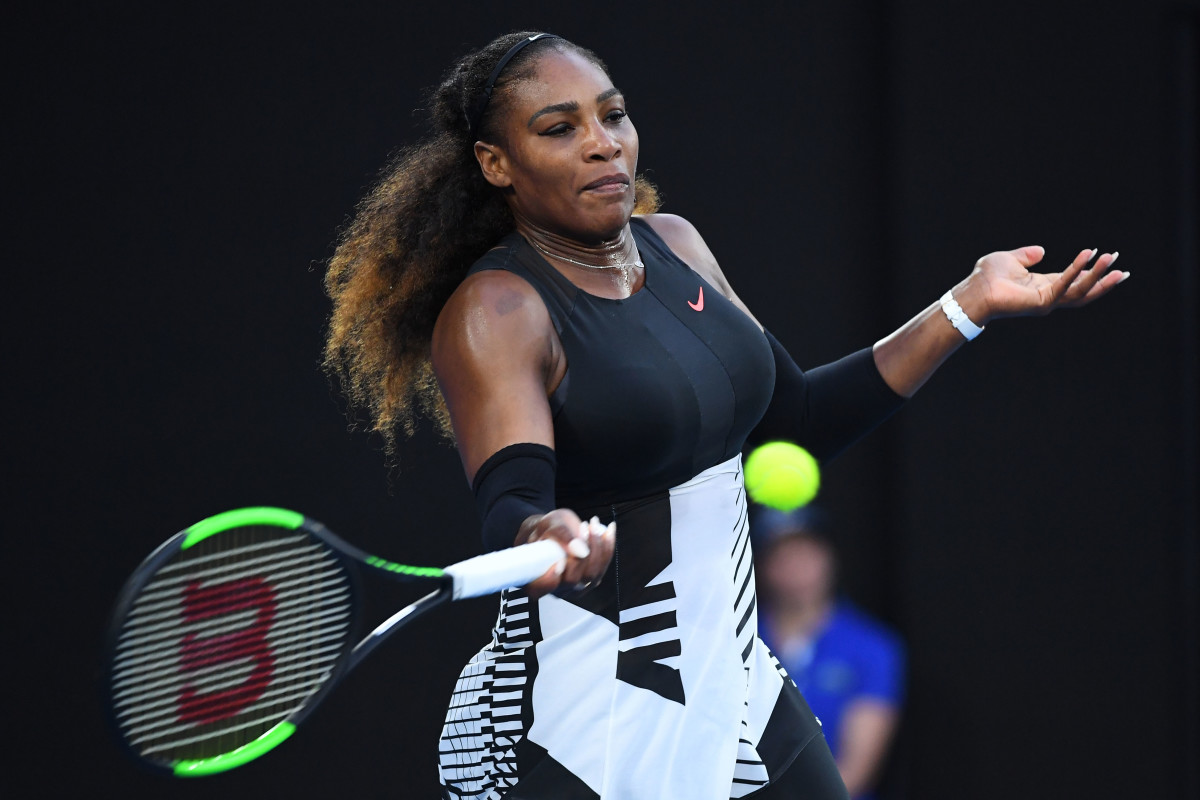
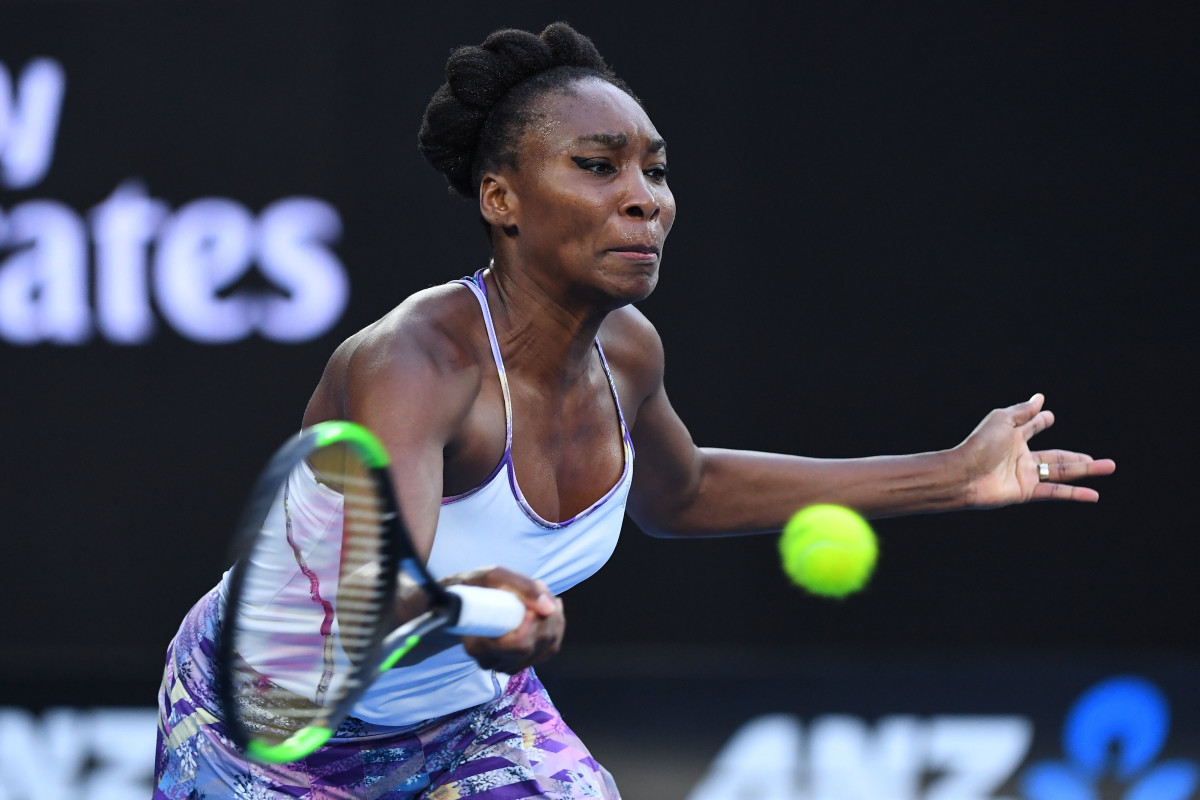
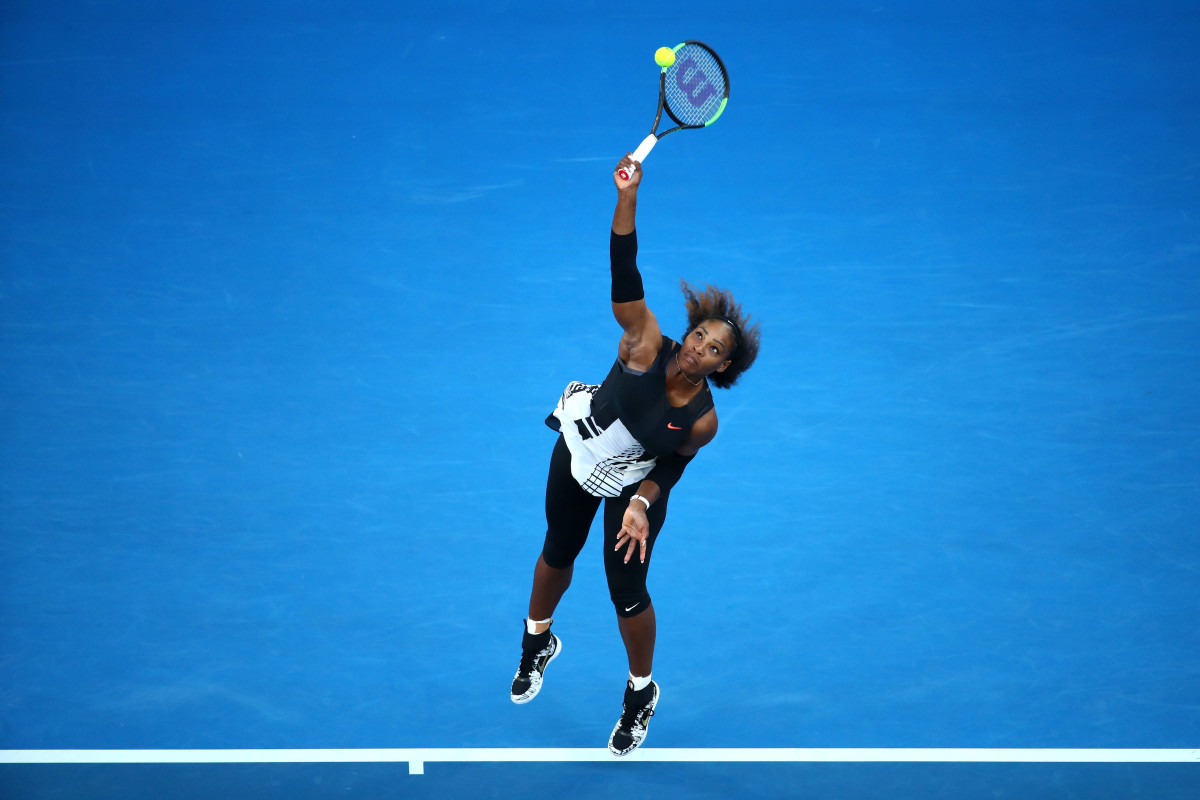
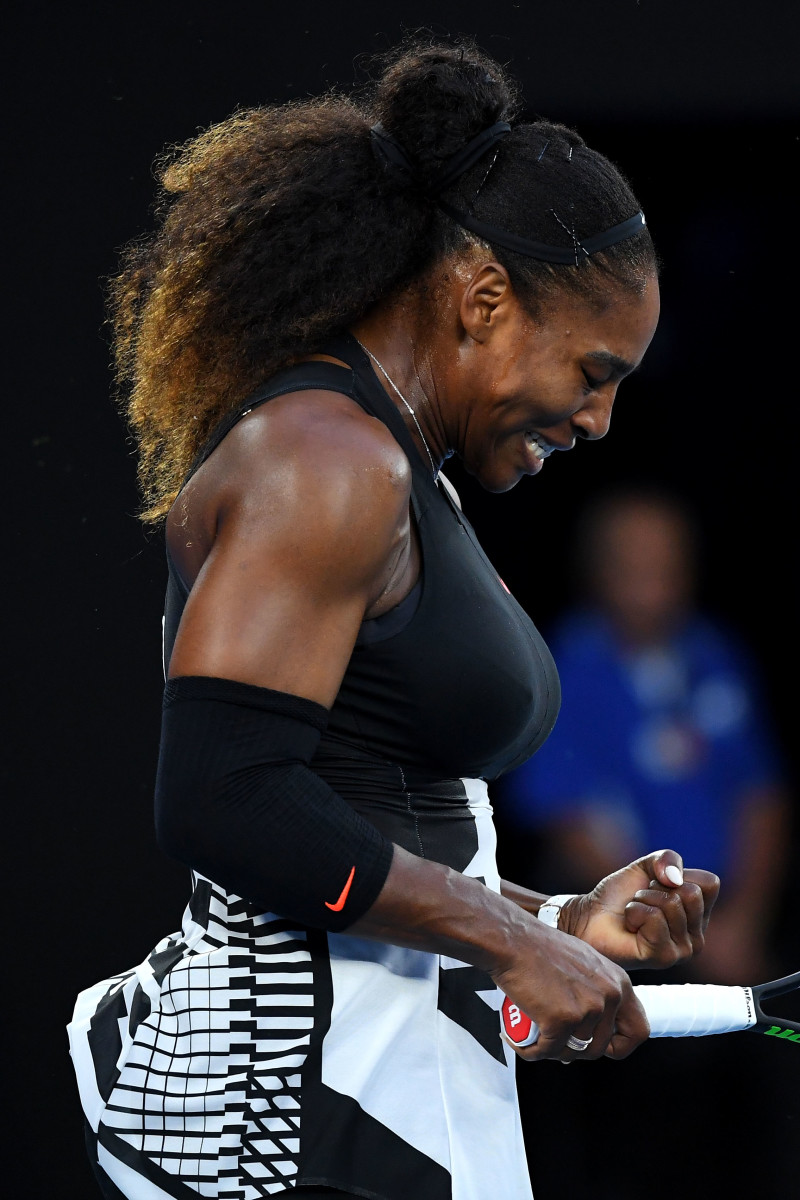
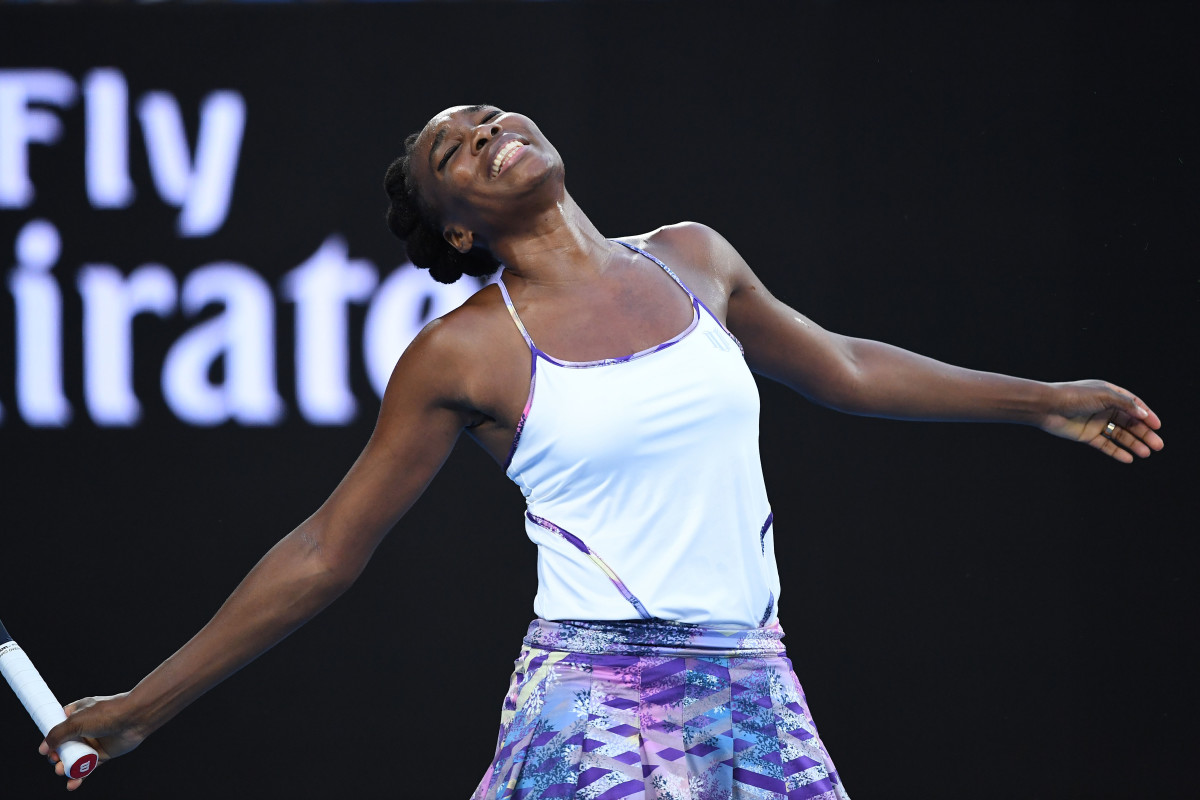
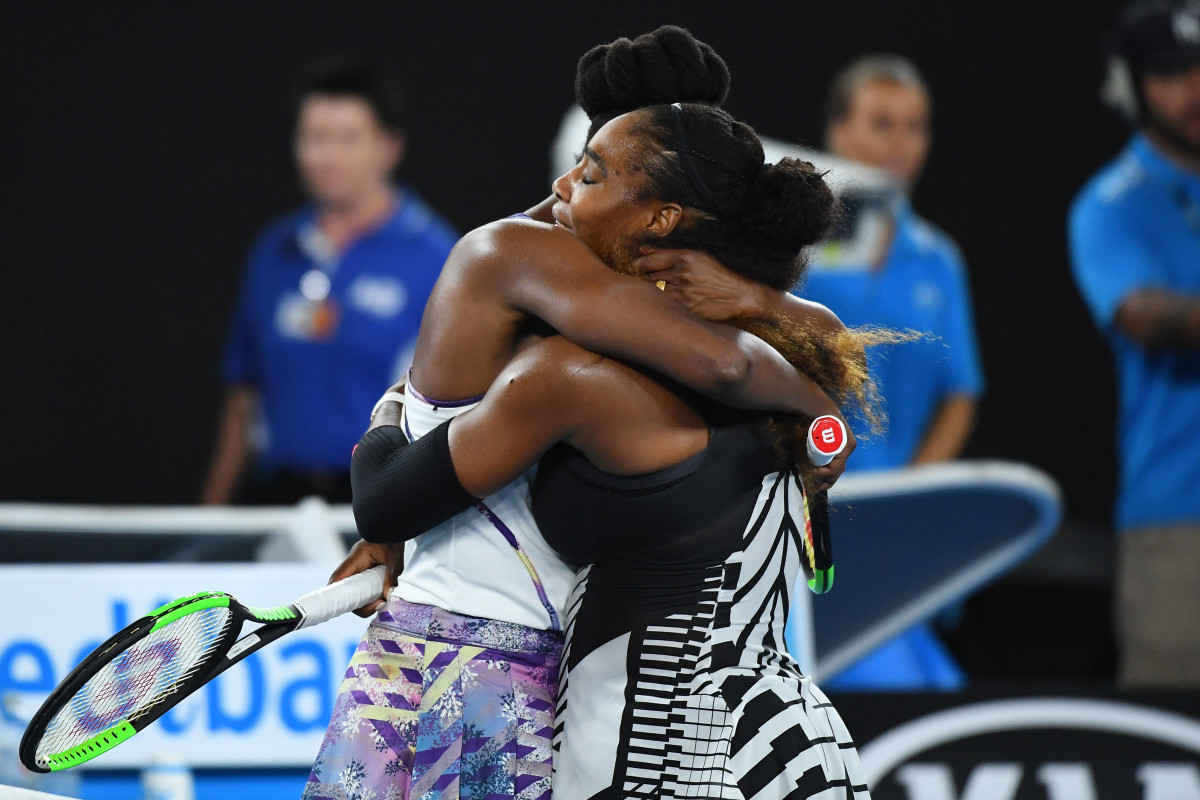
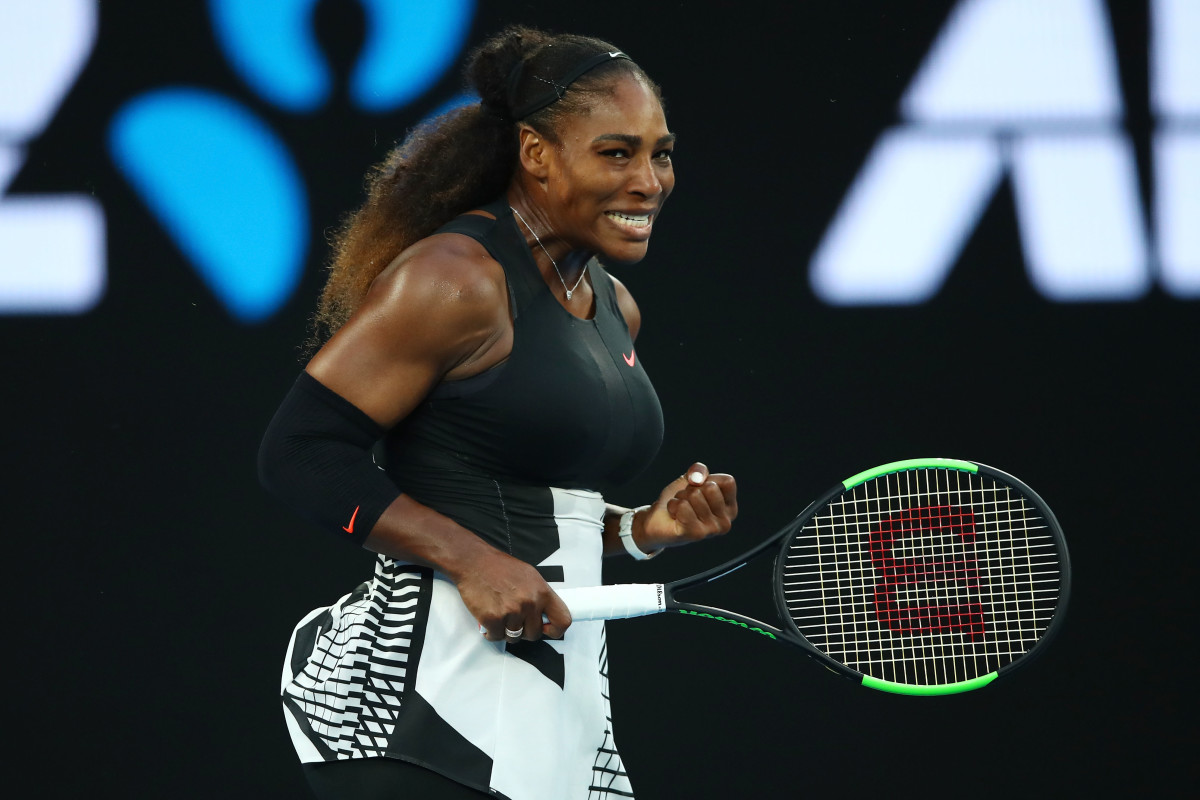
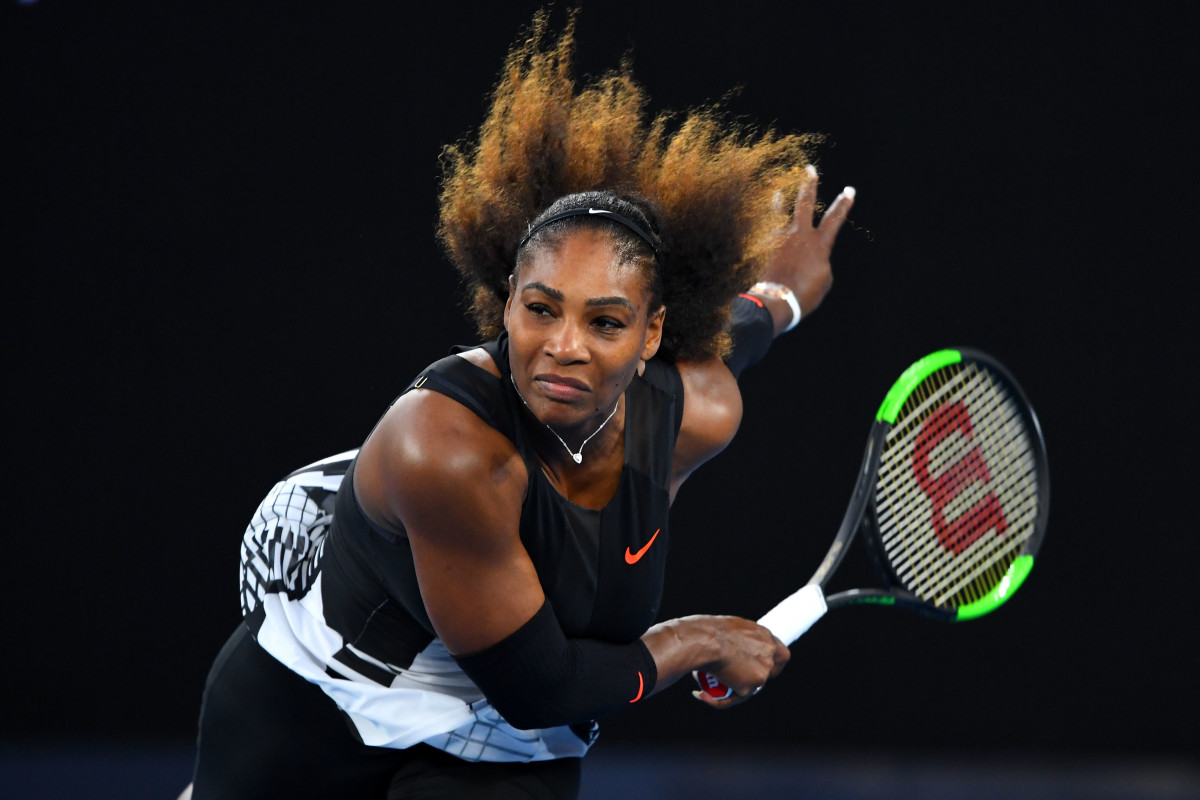
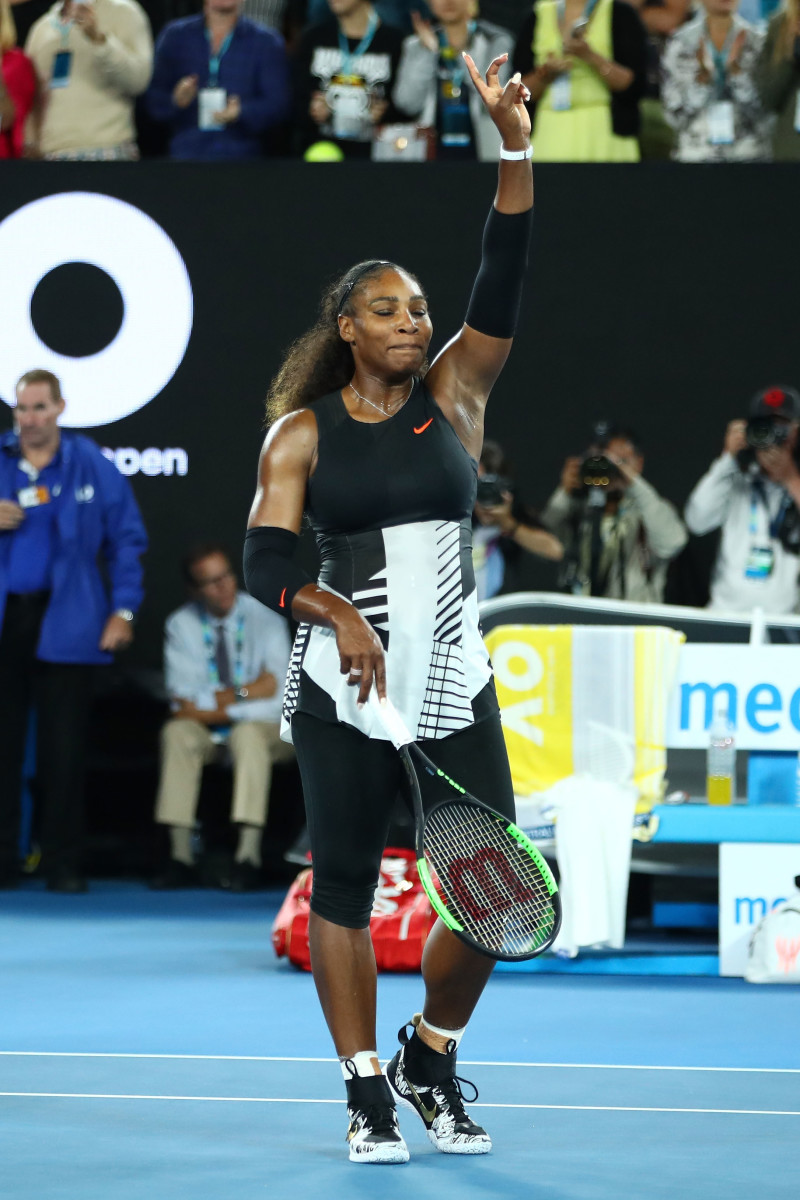
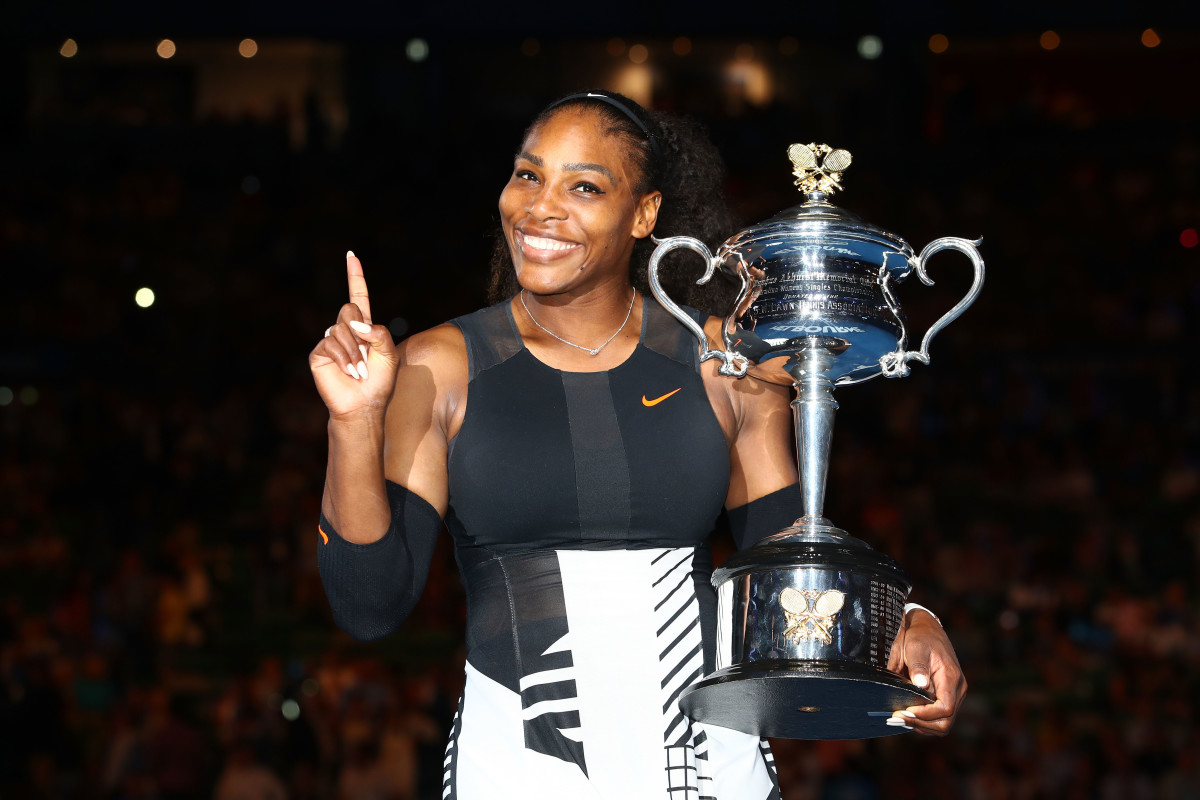
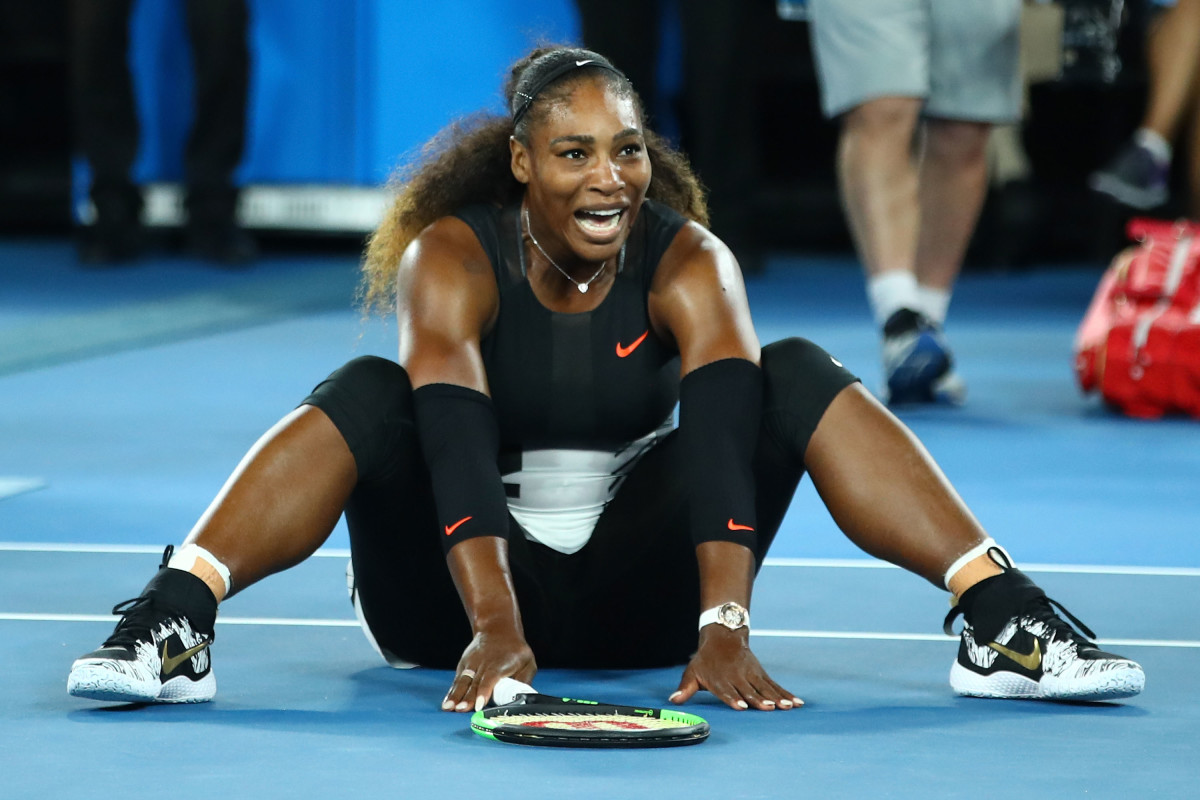
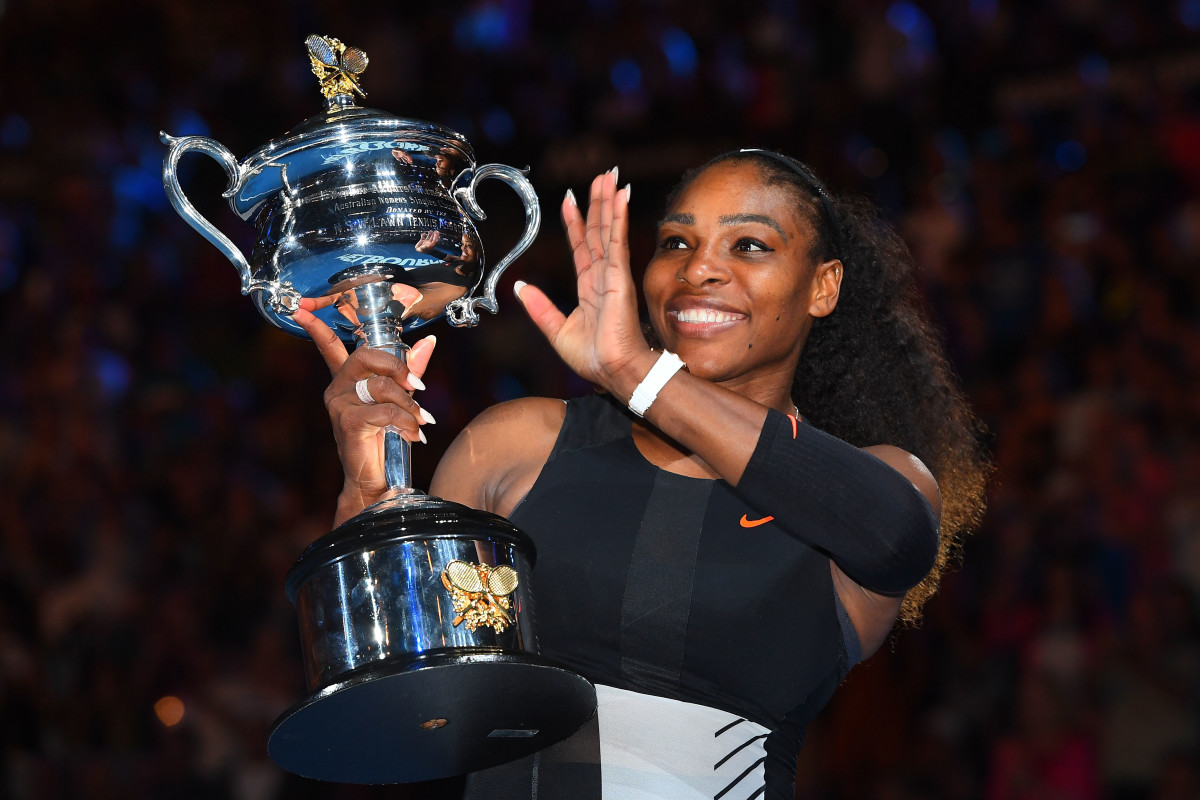
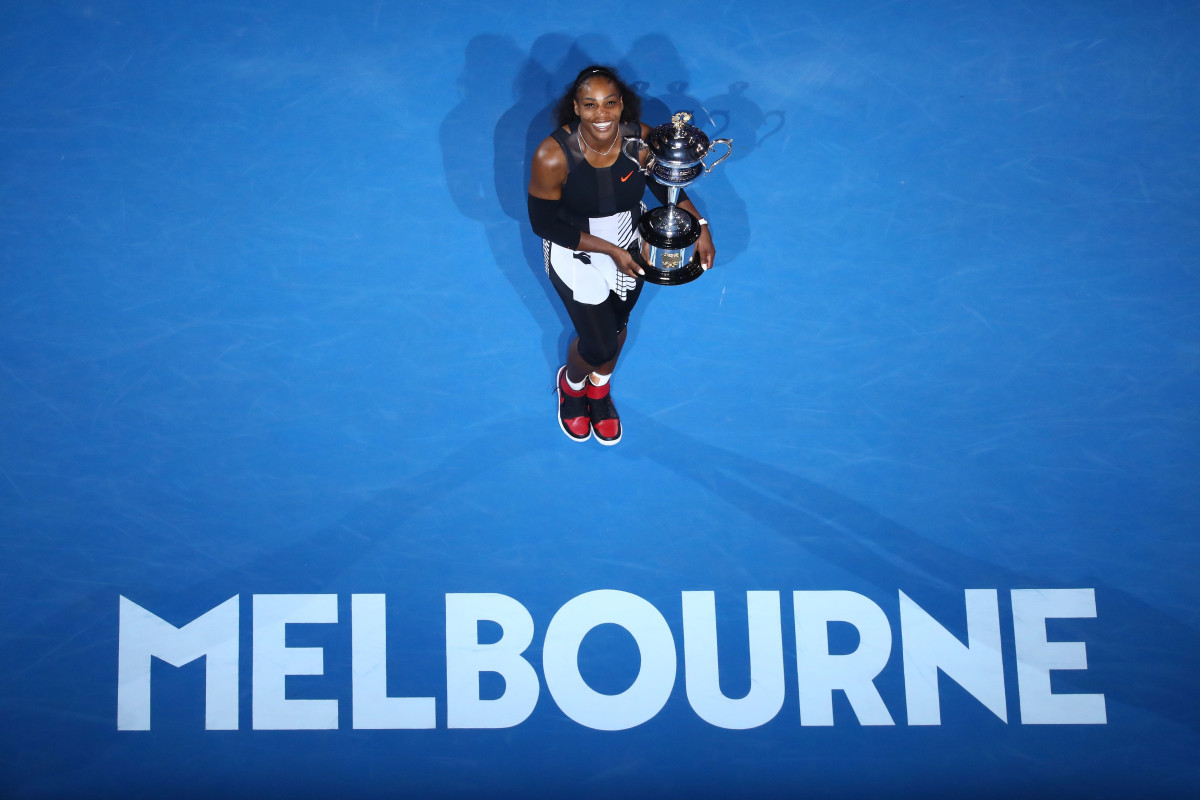
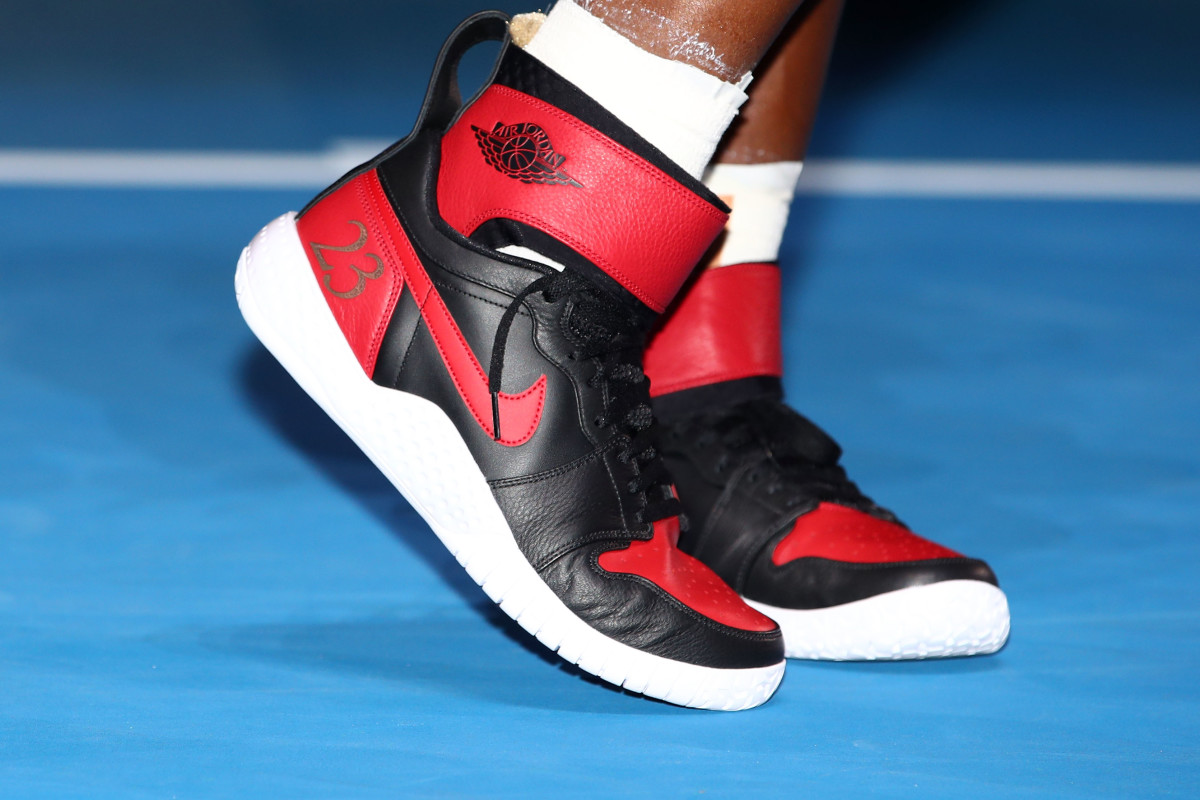
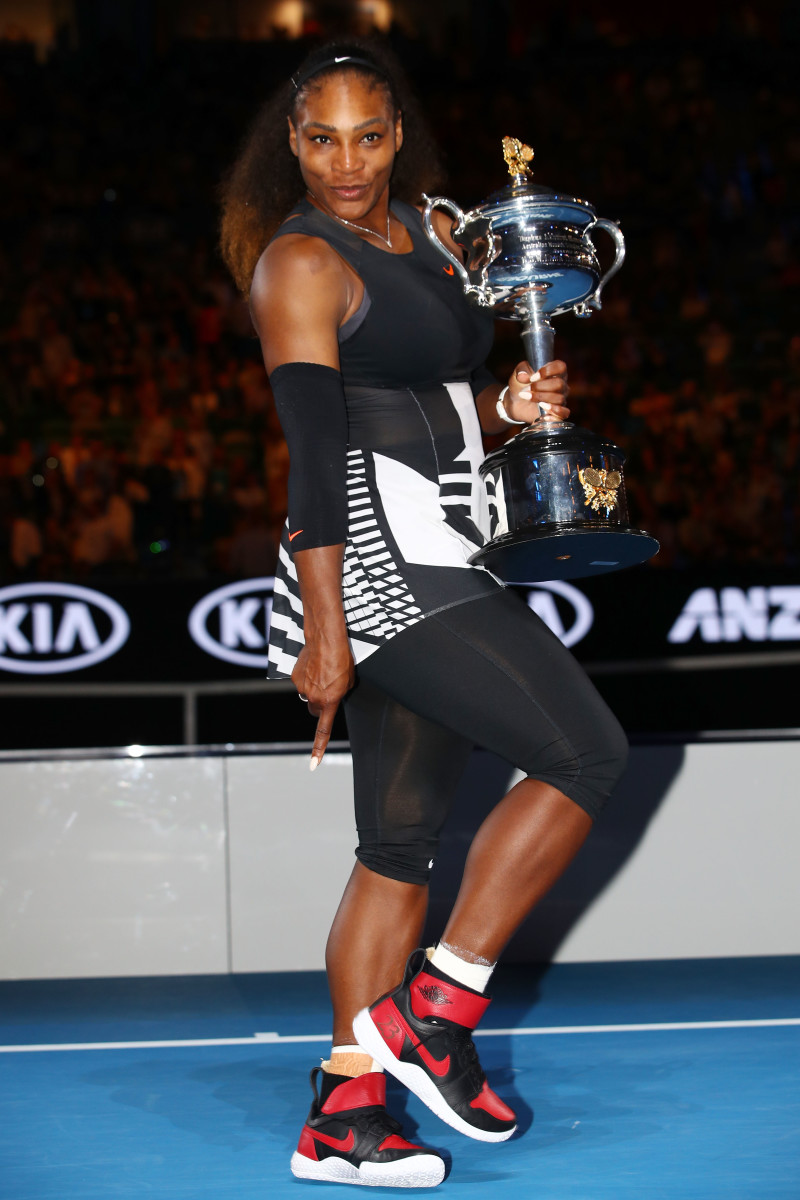
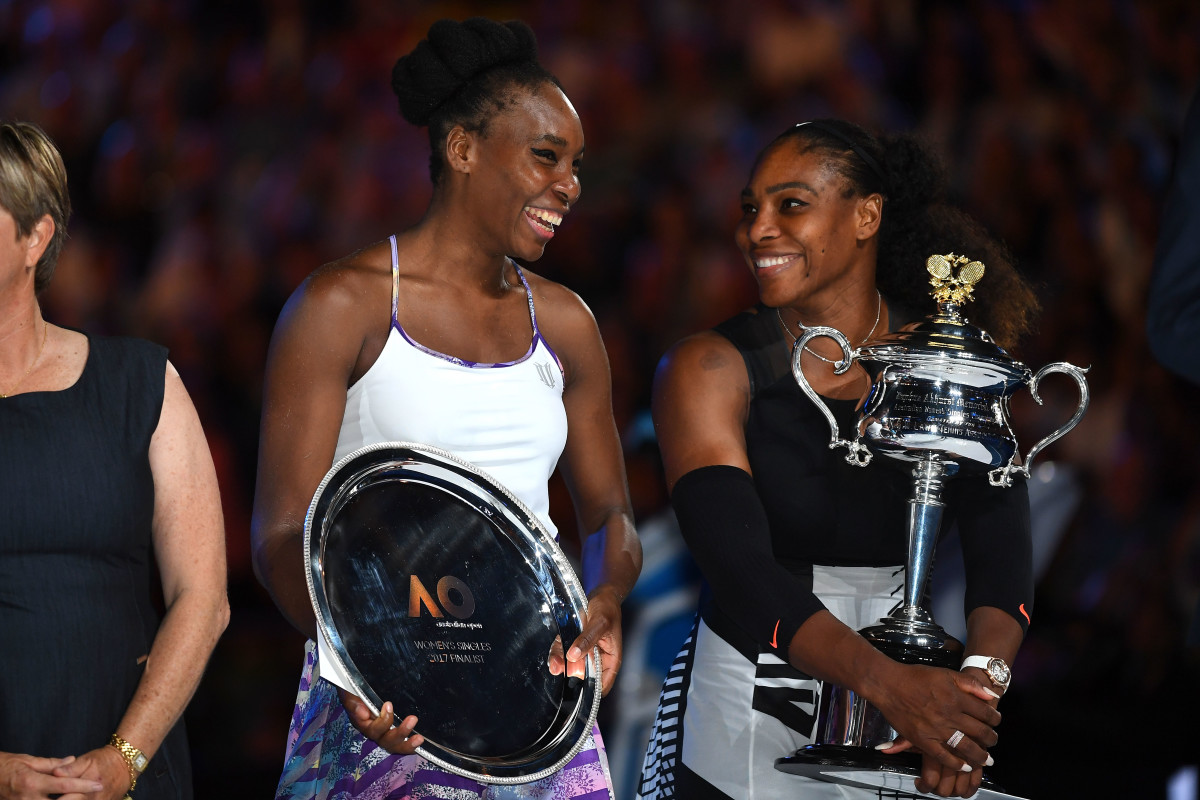
• Like no other Slam, the Australian Open absolutely captivates the hometown. From—literally—the moment you get off the plane, you’re bombarded with tennis. Tournament signage everywhere. Novak Djokovic’s grin greets you at the ATM. Viewing areas throughout town. Match results on the front page and leading the local news. Yet walk around town and you can't find any player gear. Tennis is missing the merchandise piece of the puzzle in a big way.
• Congrats to colleagues Steve Flink on his 2017 induction to the Hall of Fame and Chris Clarey, recipient of the inaugural Alan Trengove award. Both exquisitely well-deserved.
• Quite a January for Taylor Fritz, the 19-year-old American. After falling in the first round to Gilles Muller, he hustled back to California to be with his wife for the birth of their child. It will be interesting to see how these potential complications—or, potential motivations—impact his development.
• Did we really get this far without mentioning Gael Monfils? Here he is.
• Your Tennis Channel mail was appreciated and read, the compliments and constructive—and for that matter deconstructive—criticism alike. Whereas writing is “on you,” t.v. is much more collaborative. The feature team of Shelby Coleman/Campbell, Brian Nelson, Tiffany McLoughlin, Nitin Varma, Josh Glaser, Willie Cochran, Angie Evans and Troy Borruso all come in for high praise. Speaking of, Denis Istomin may have won the Asian wild card. But one of the players he had to beat out to get it—Duk Hee Lee—is a player for whom we should root. Loudly. Watch this.
In appreciation of the 2017 Australian Open
• Nice touch by Channel 7, hiring Dylan Alcott, an accomplished wheelchair player. This Andy Murray interview is gold.
• The quote of the tournament, if not the year? Venus Williams, take us out: “What I will say about sport, I think why people love sport so much, is because you see everything in a line. In that moment there is no do-over, there's no retake, there is no voice-over. It's triumph and disaster witnessed in real-time. This is why people live and die for sport, because you can't fake it. You can't. It's either you do it or you don't. People relate to the champion. They also relate to the person also who didn't win because we all have those moments in our life. Is it an athlete's job to inspire? Inherently what I think athletes do at a top level inspires people, but each person takes that responsibility differently.”
• As always, if you enjoyed our coverage you owe a robust thanks (or at least a follow) to Jamie Lisanti. Always fun geeking out on tennis with you guys. We’ll do it again in Indian Wells.
